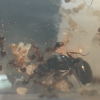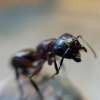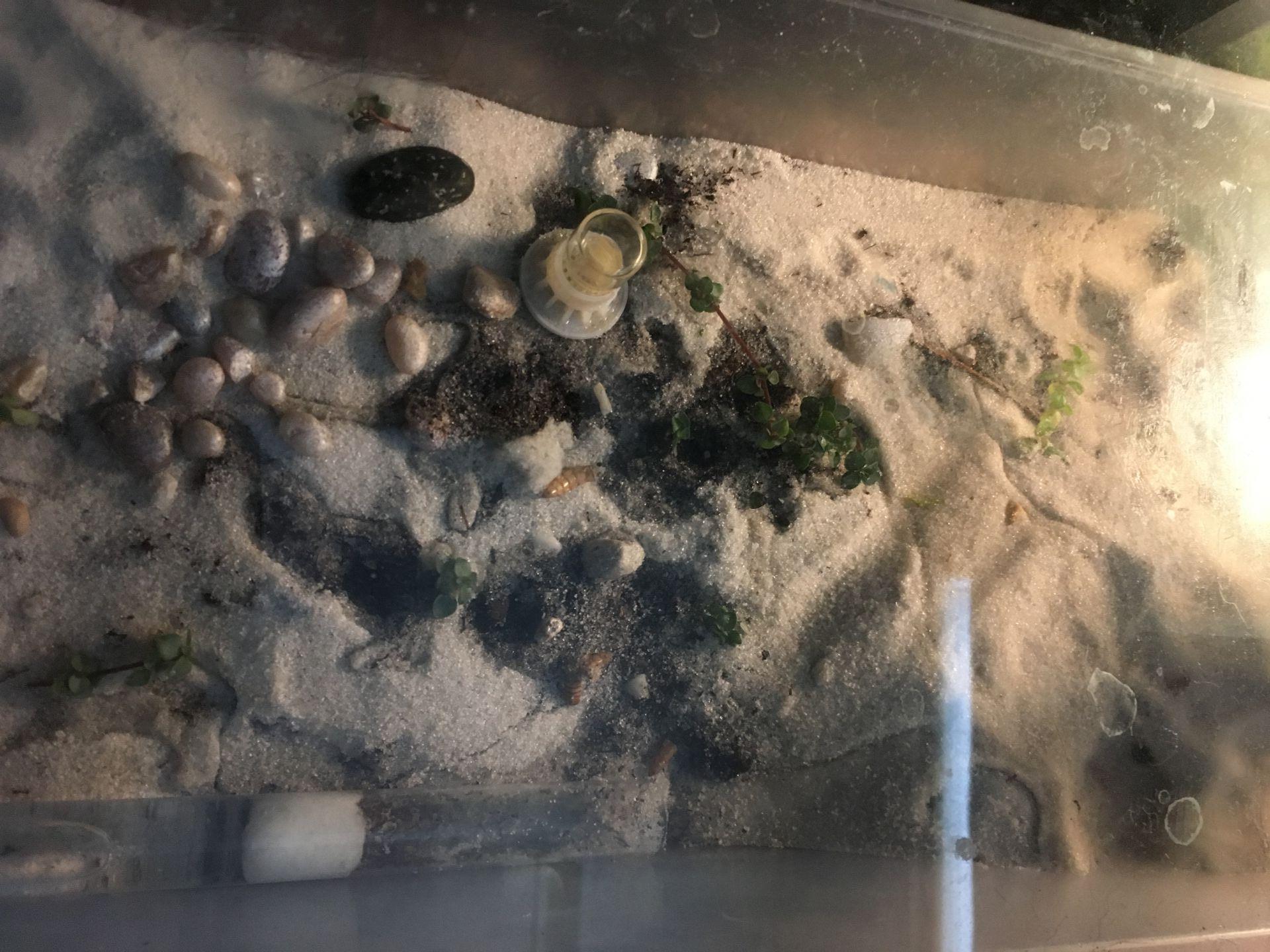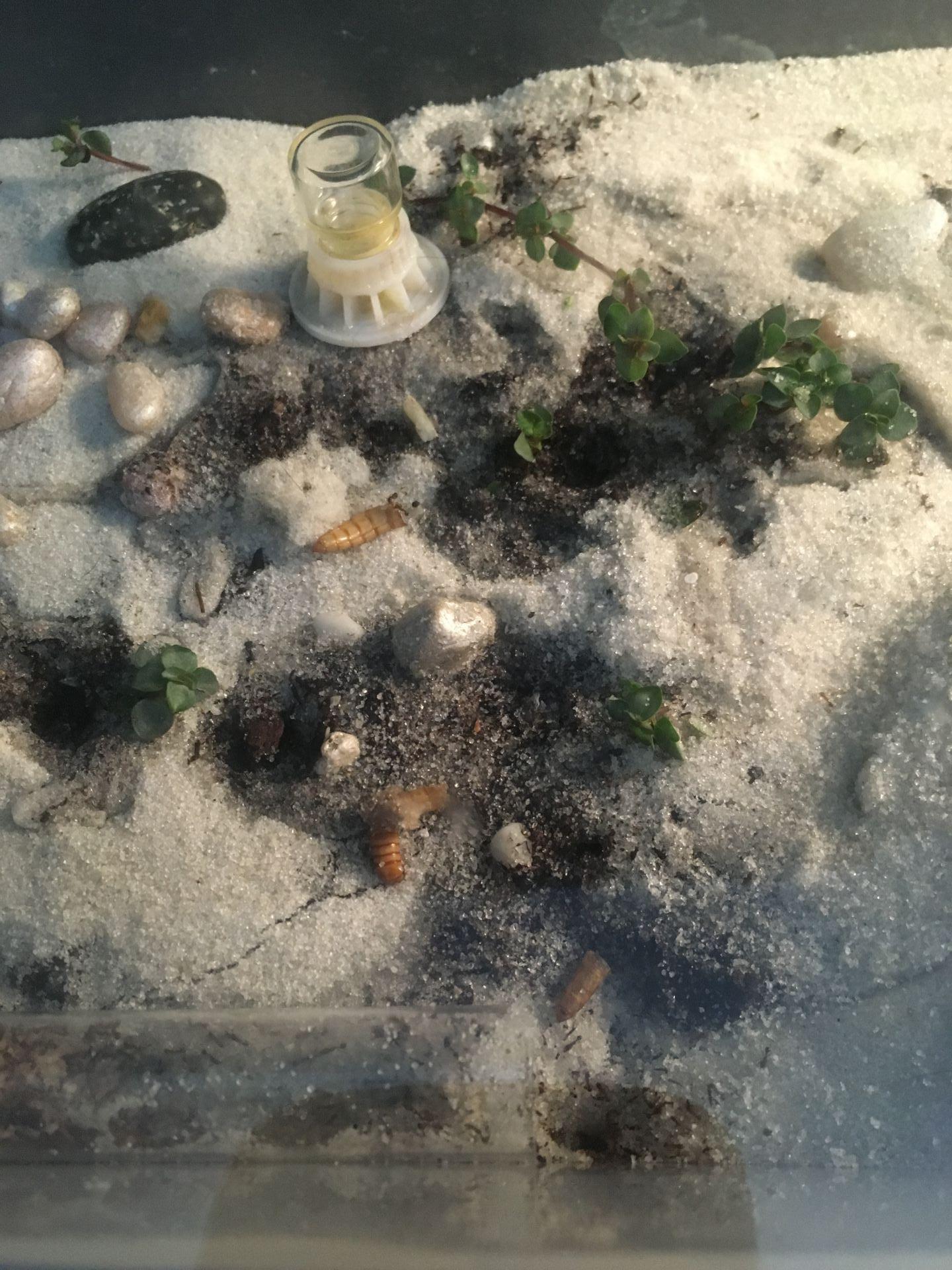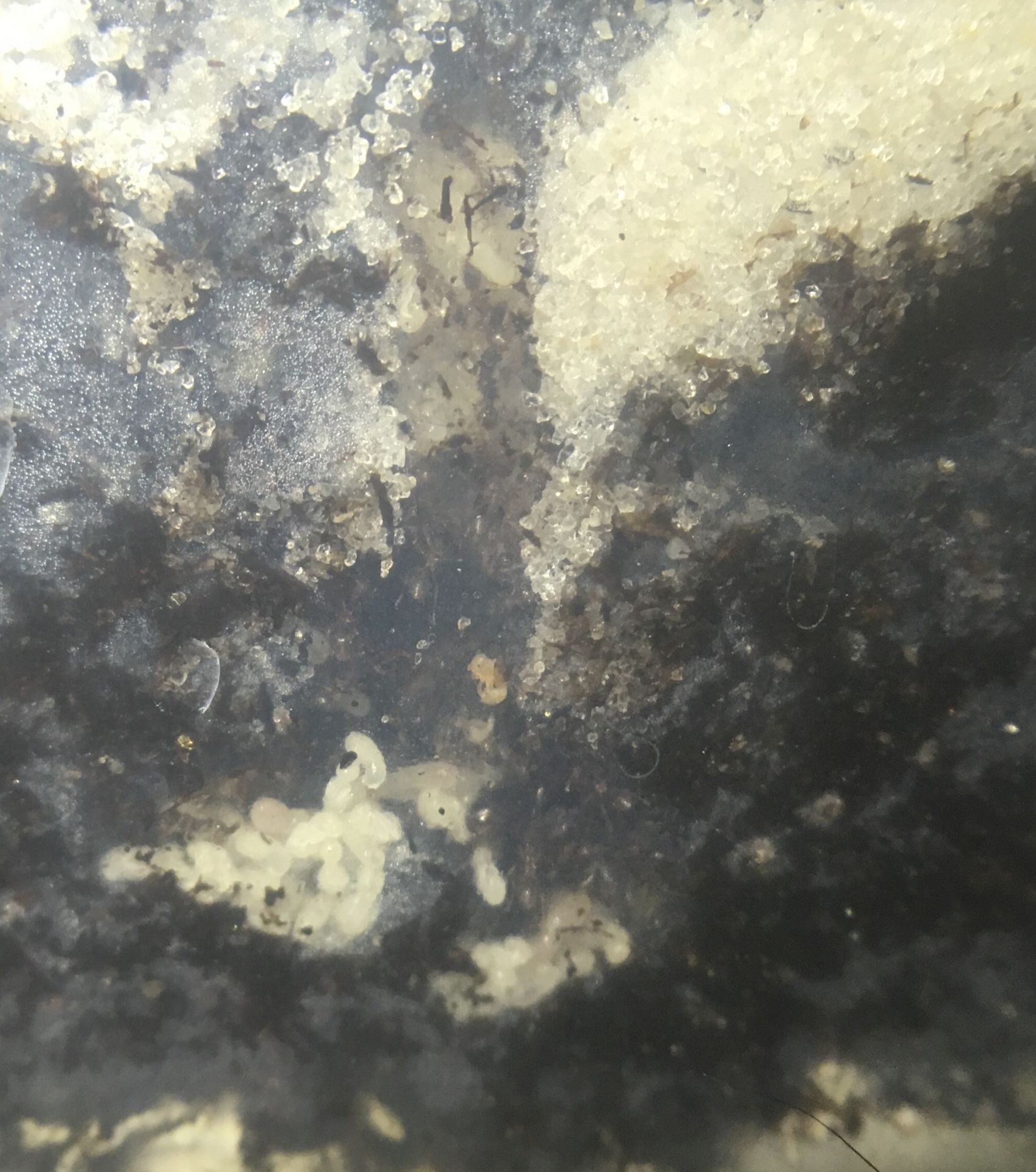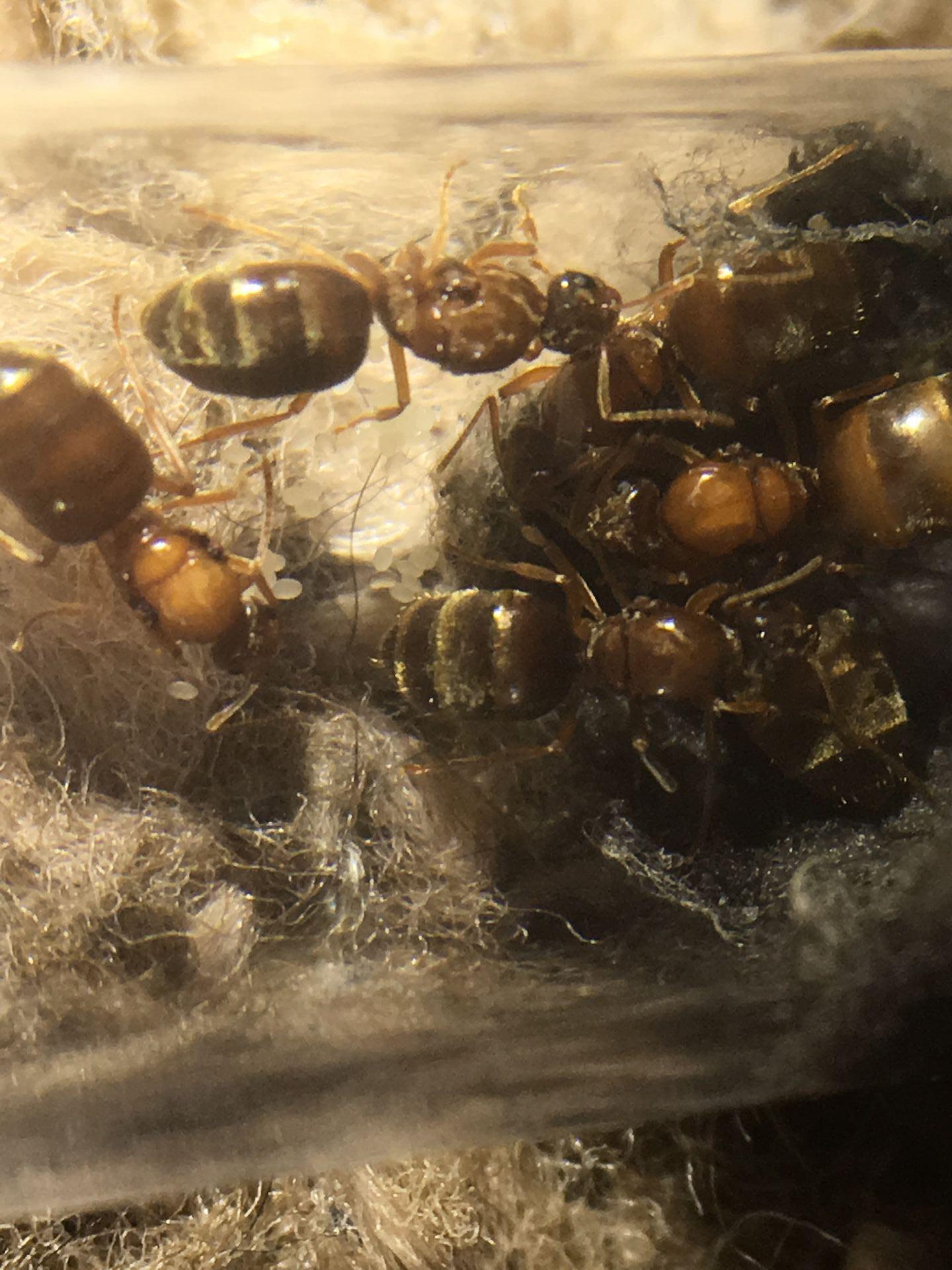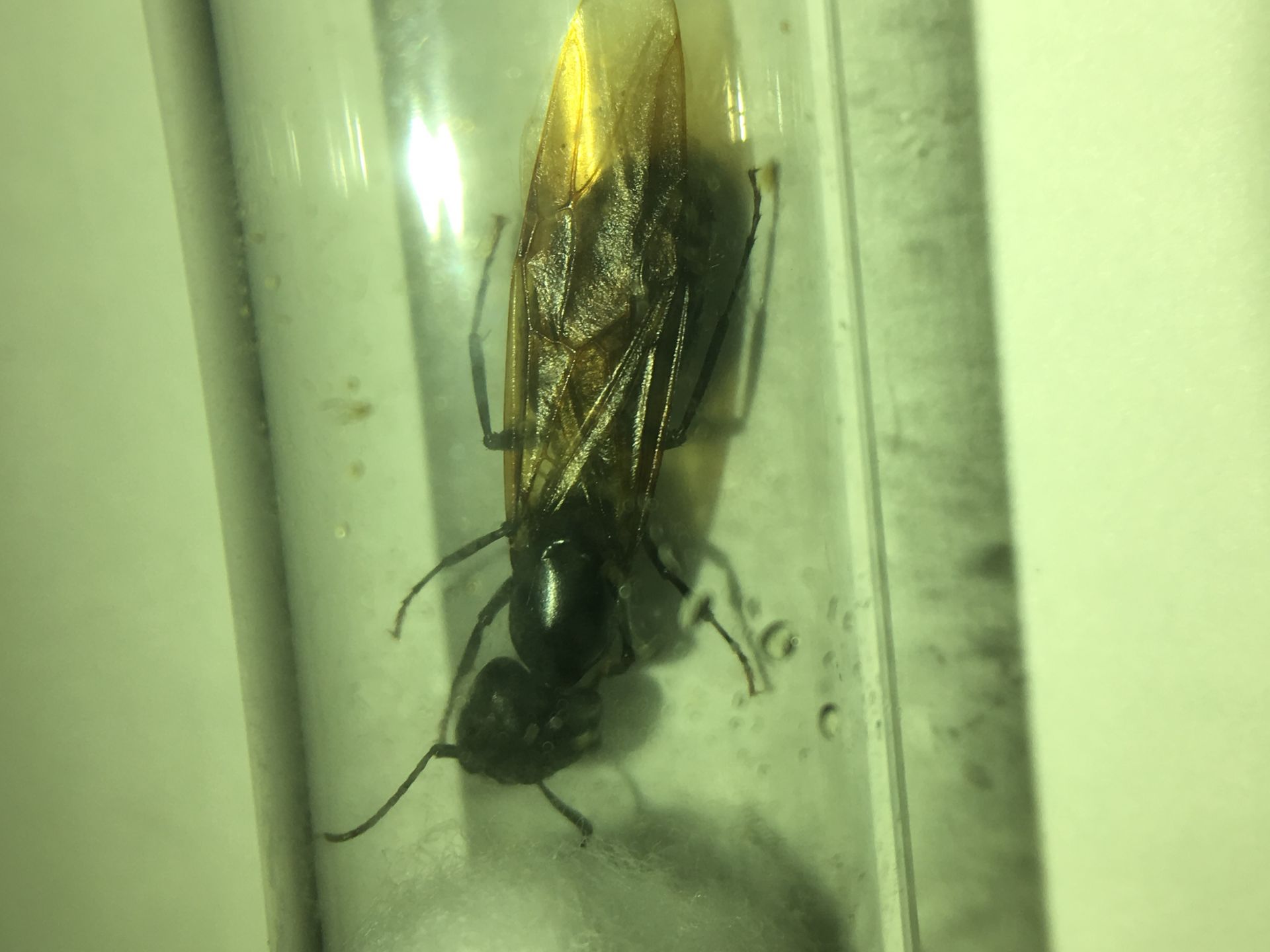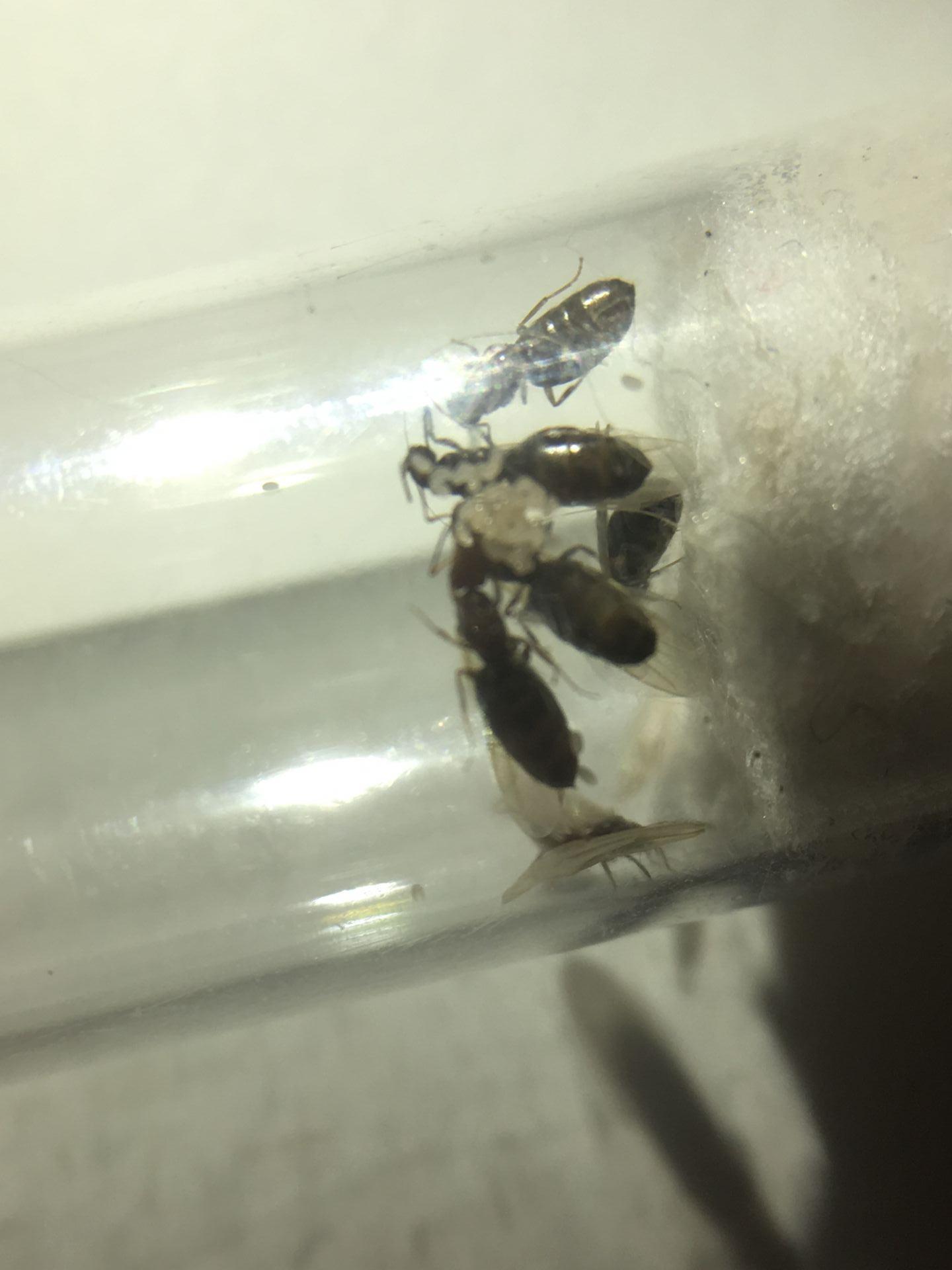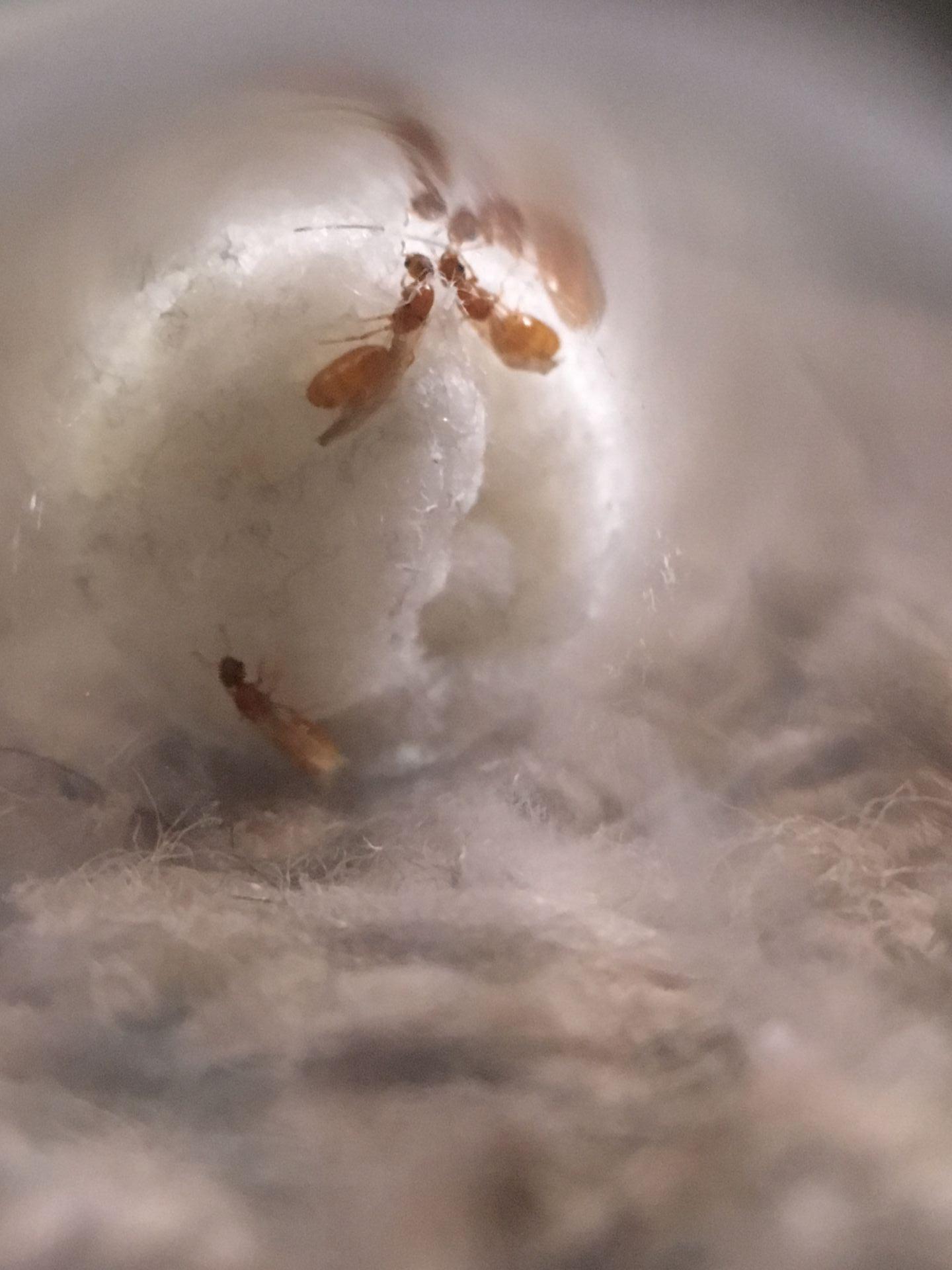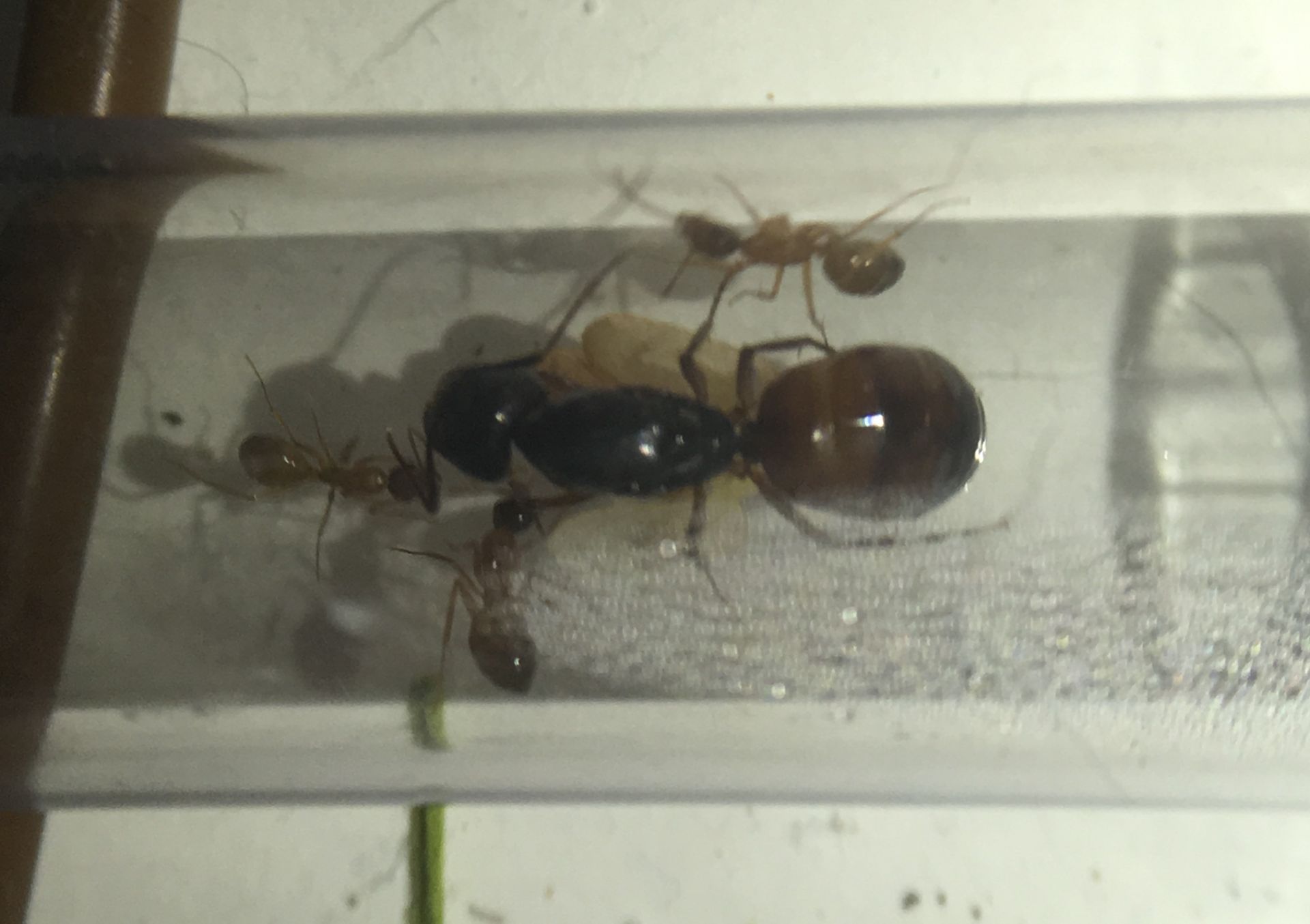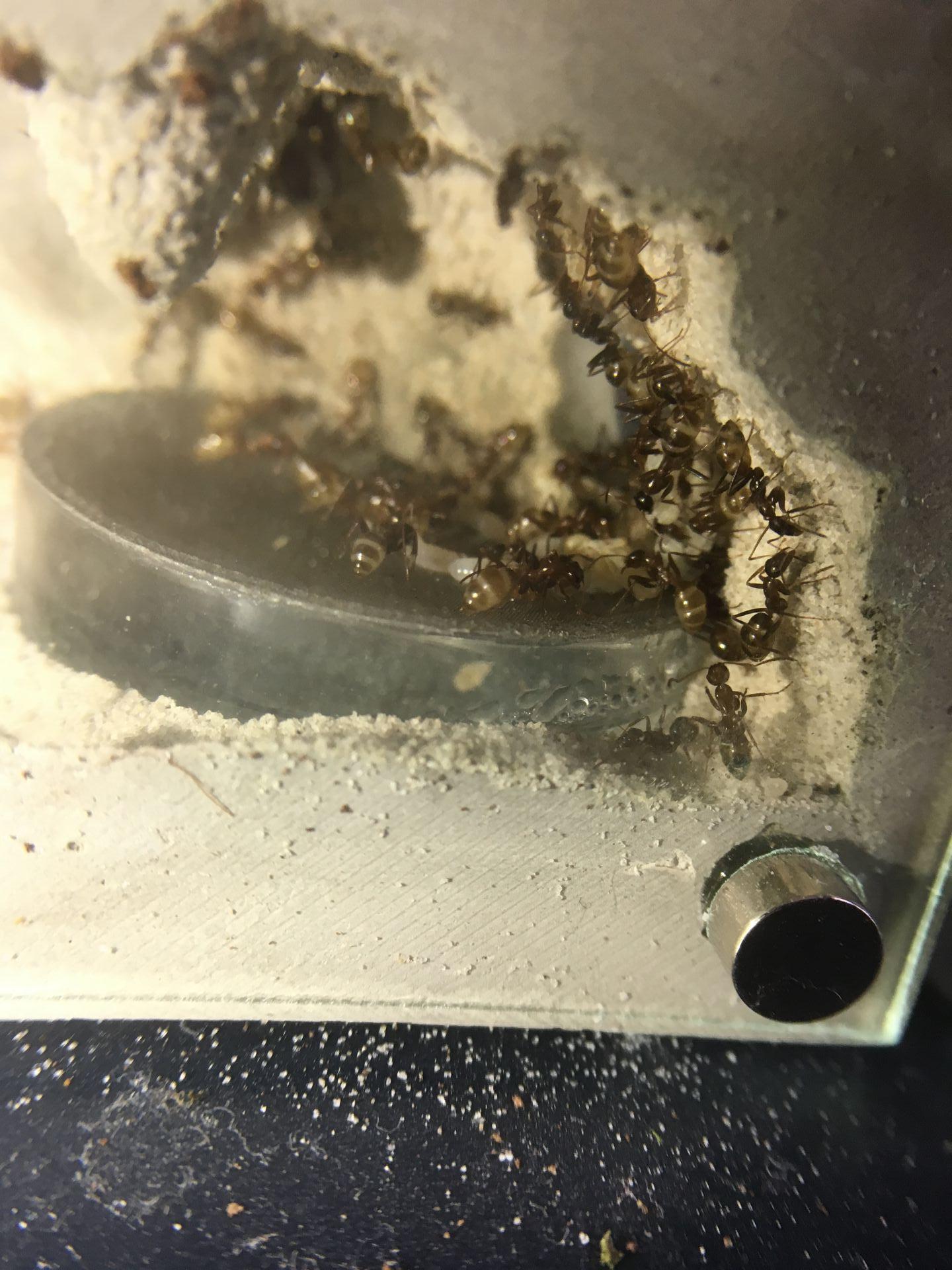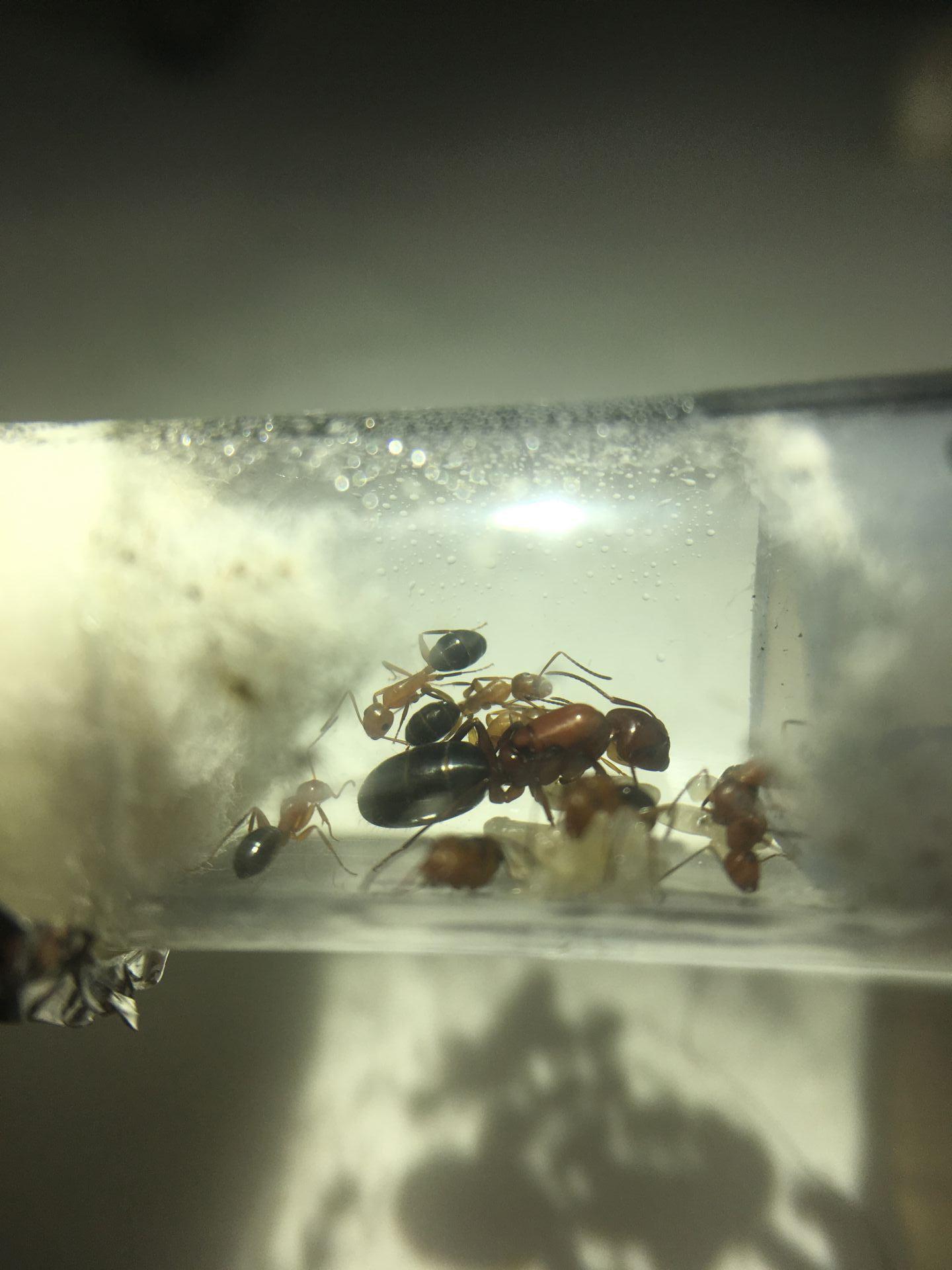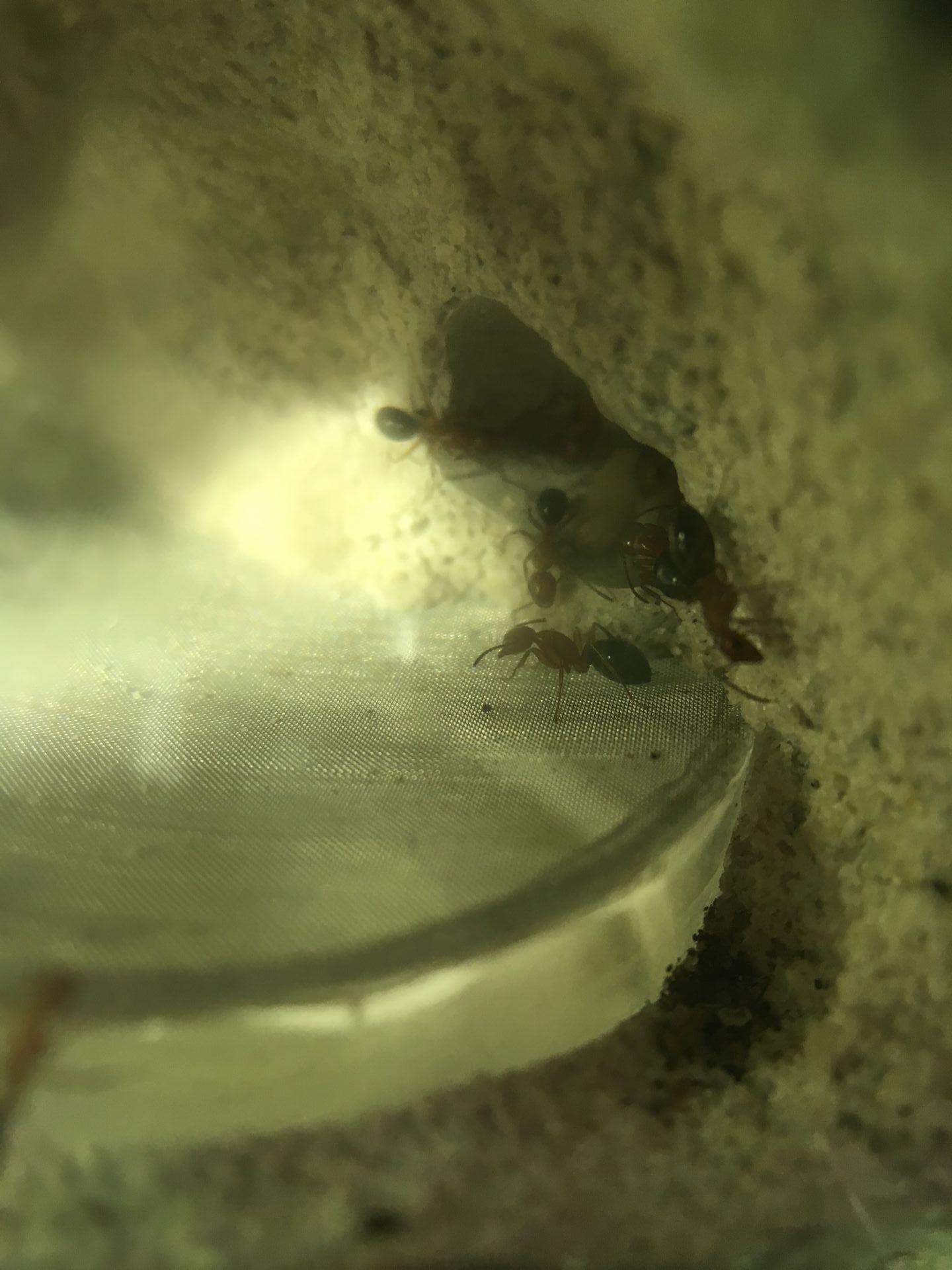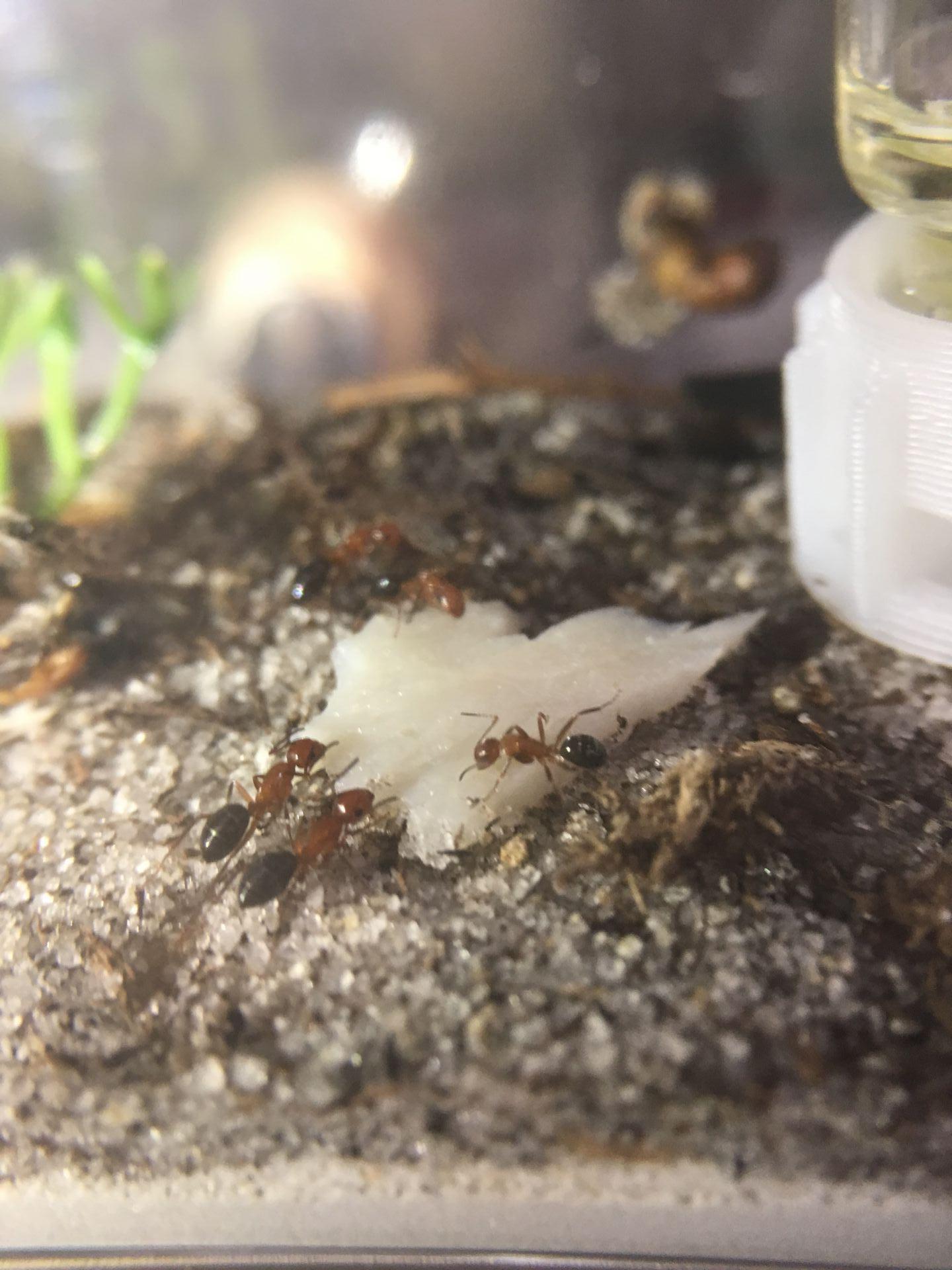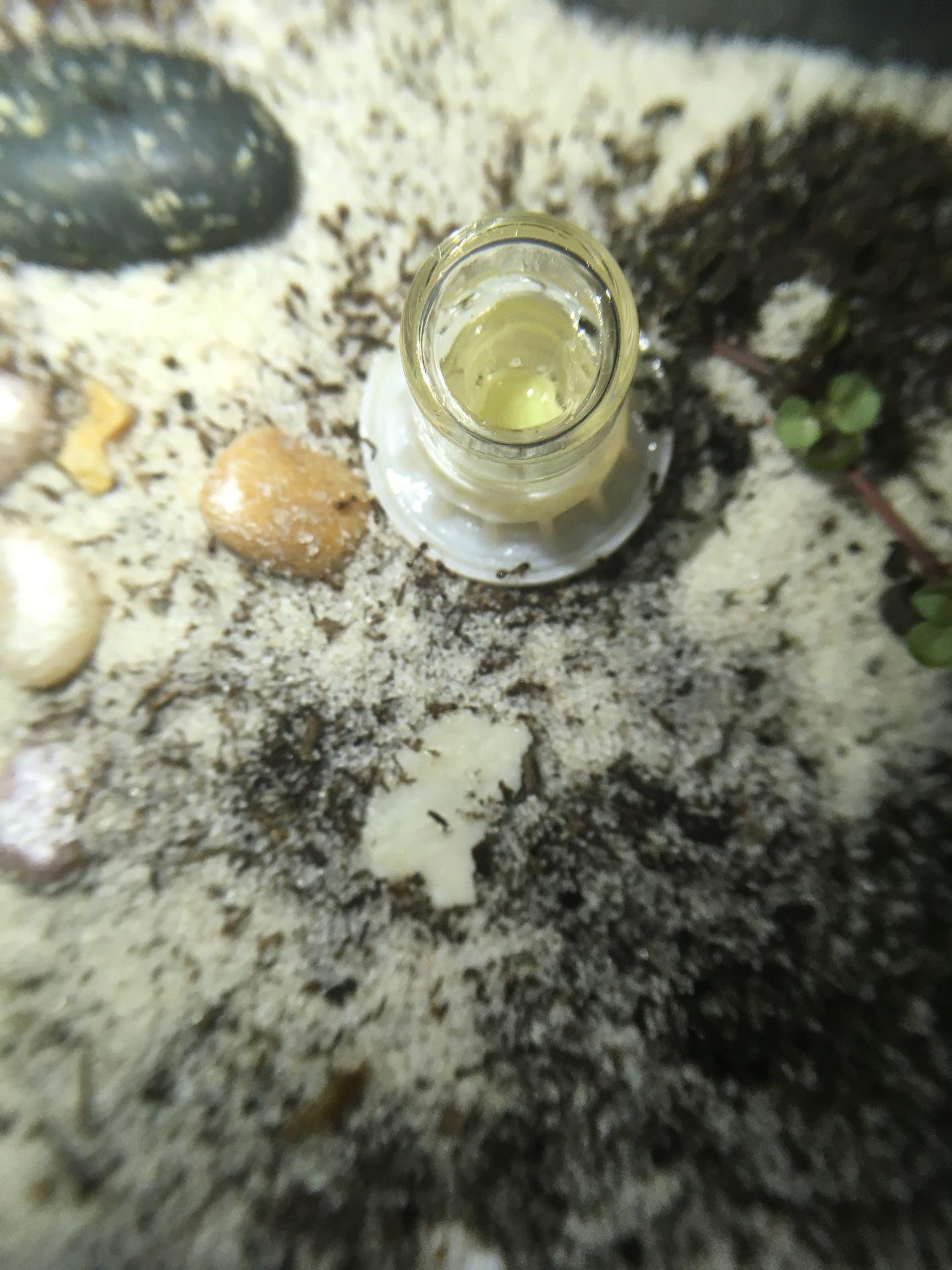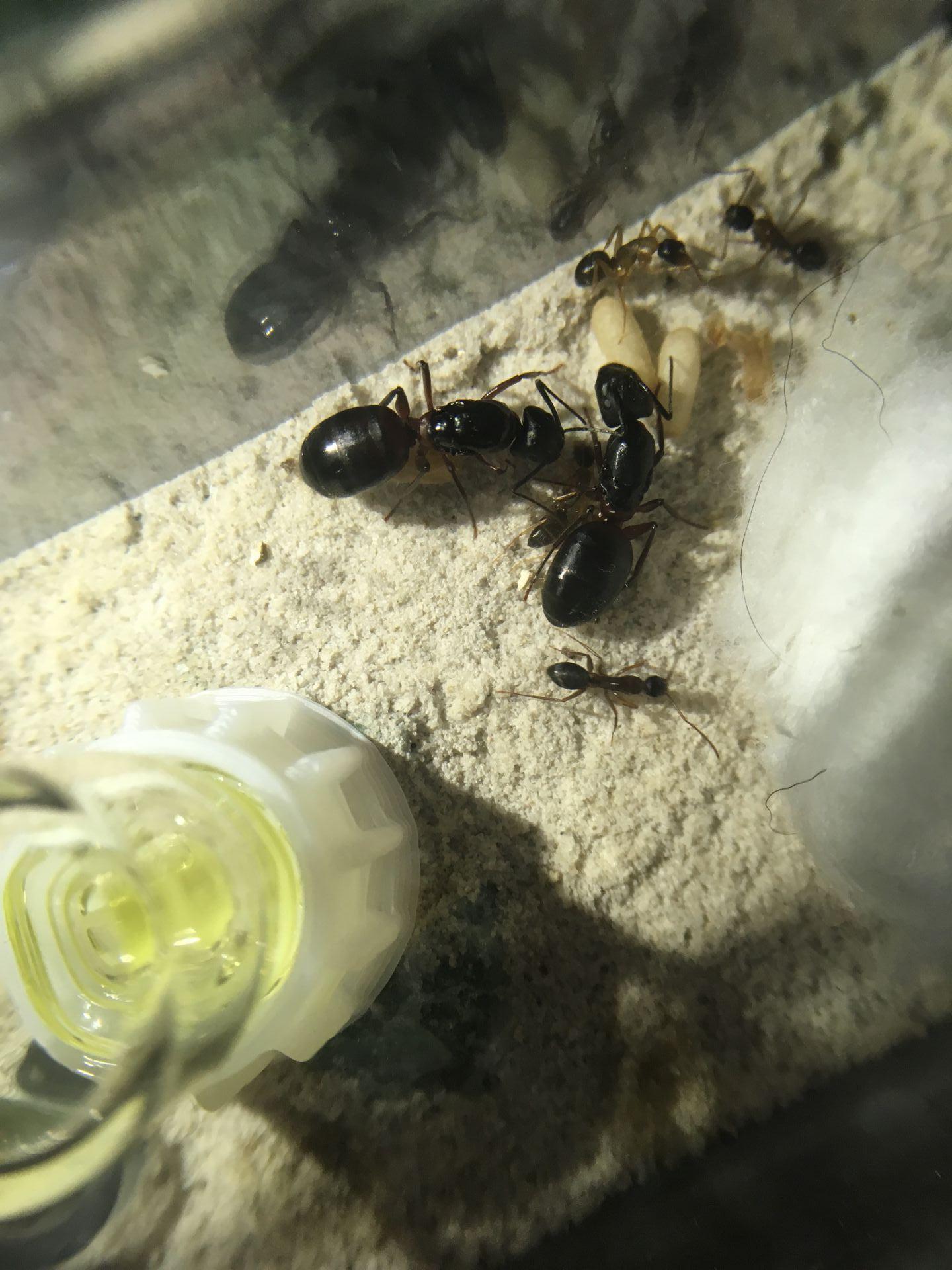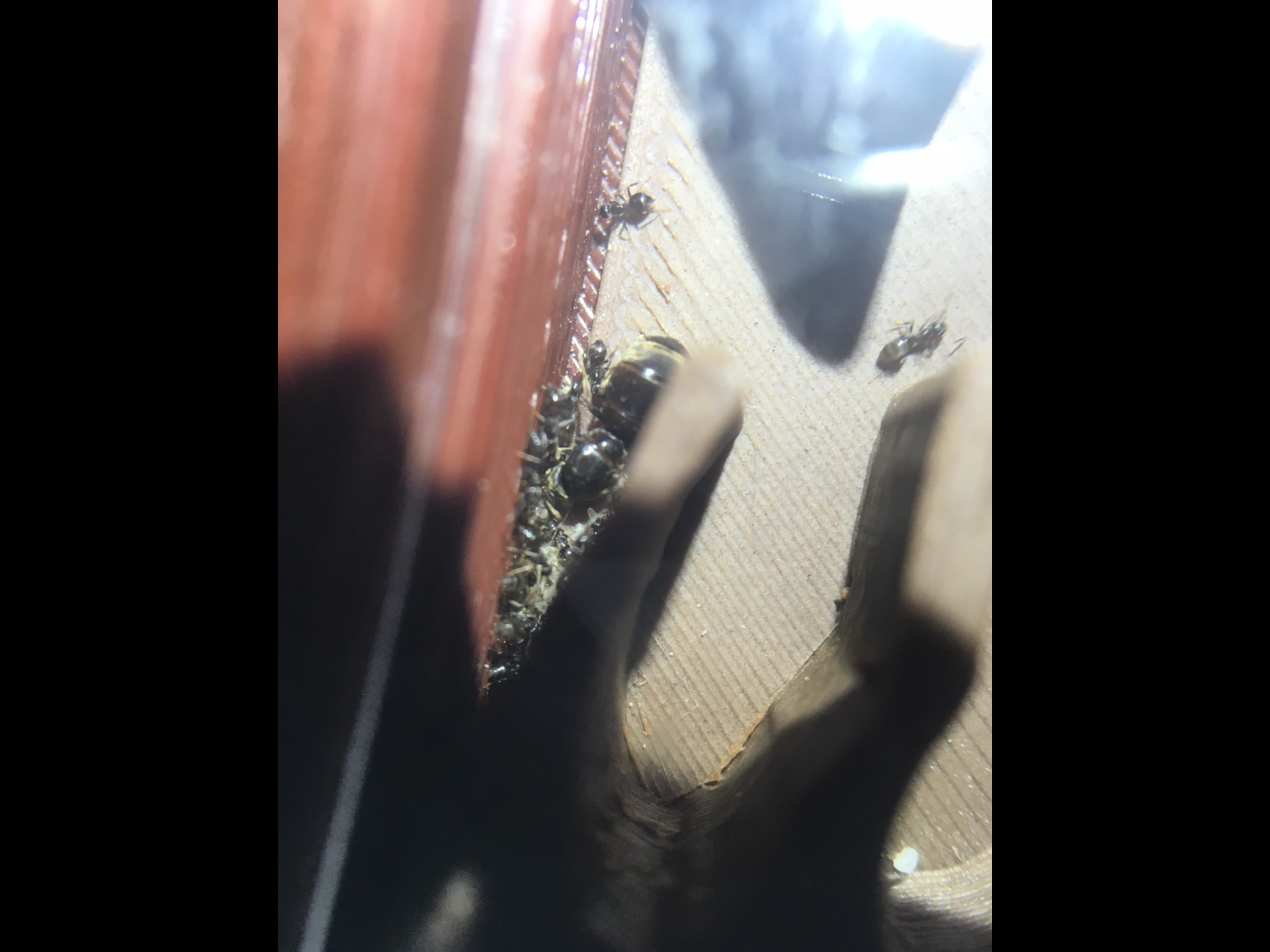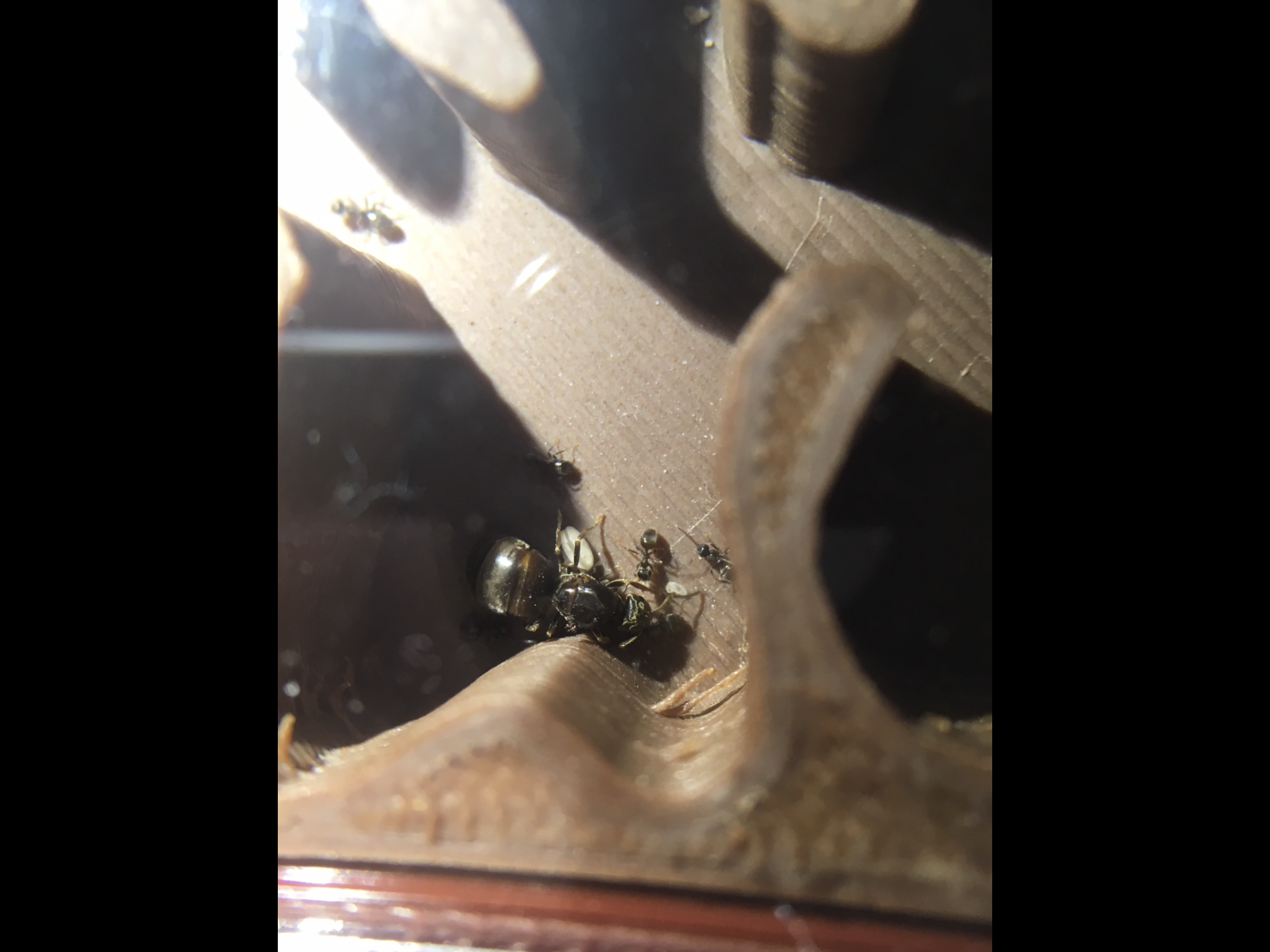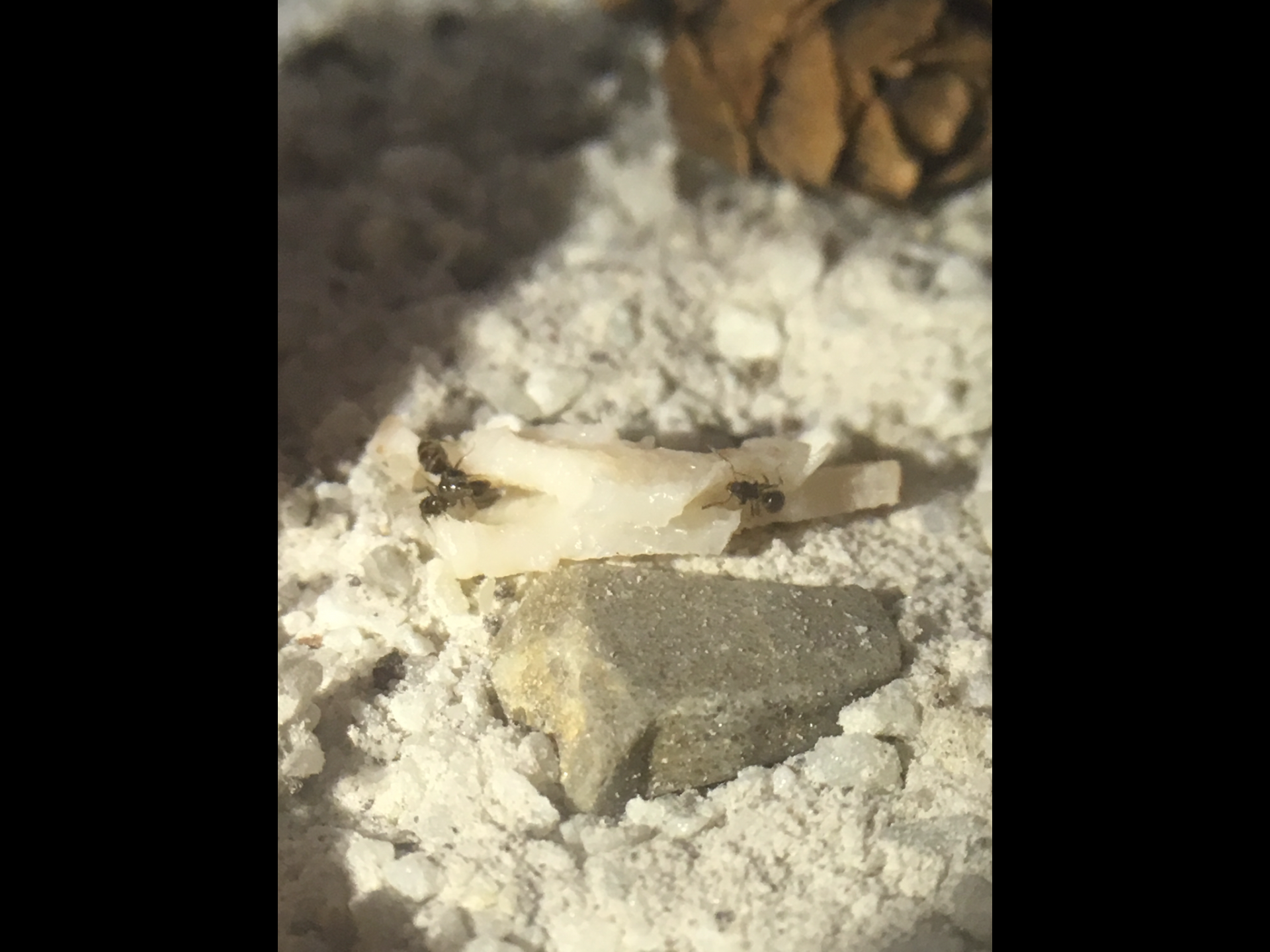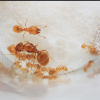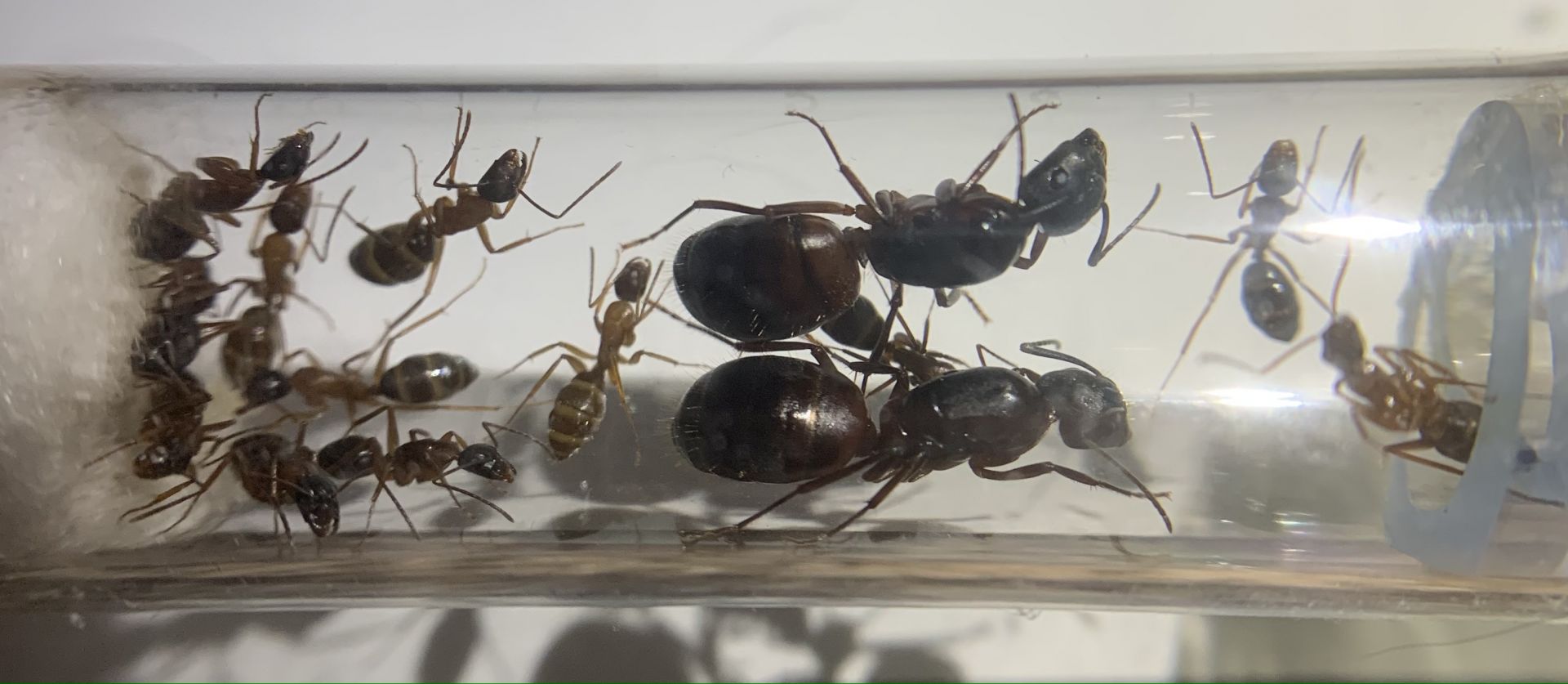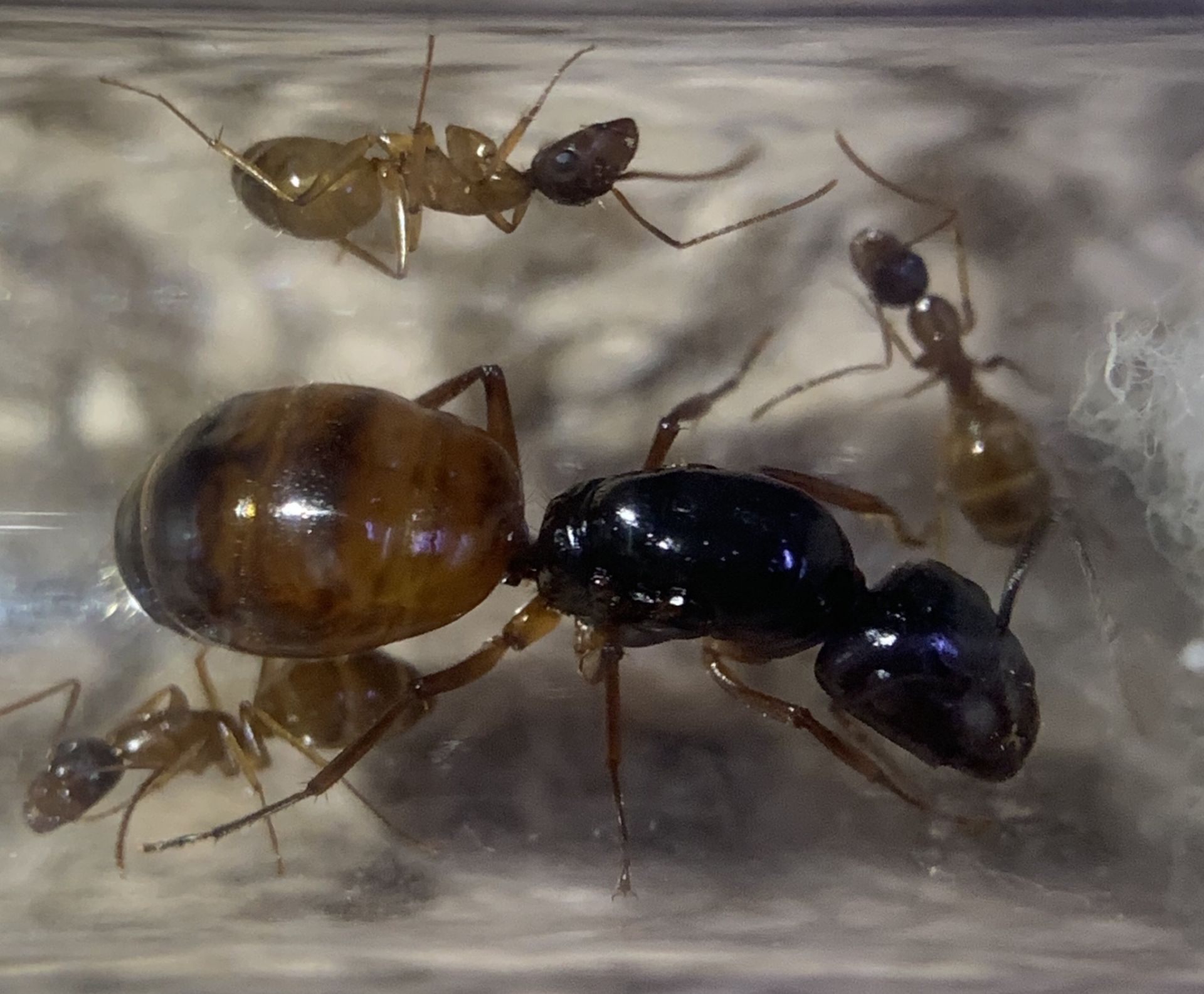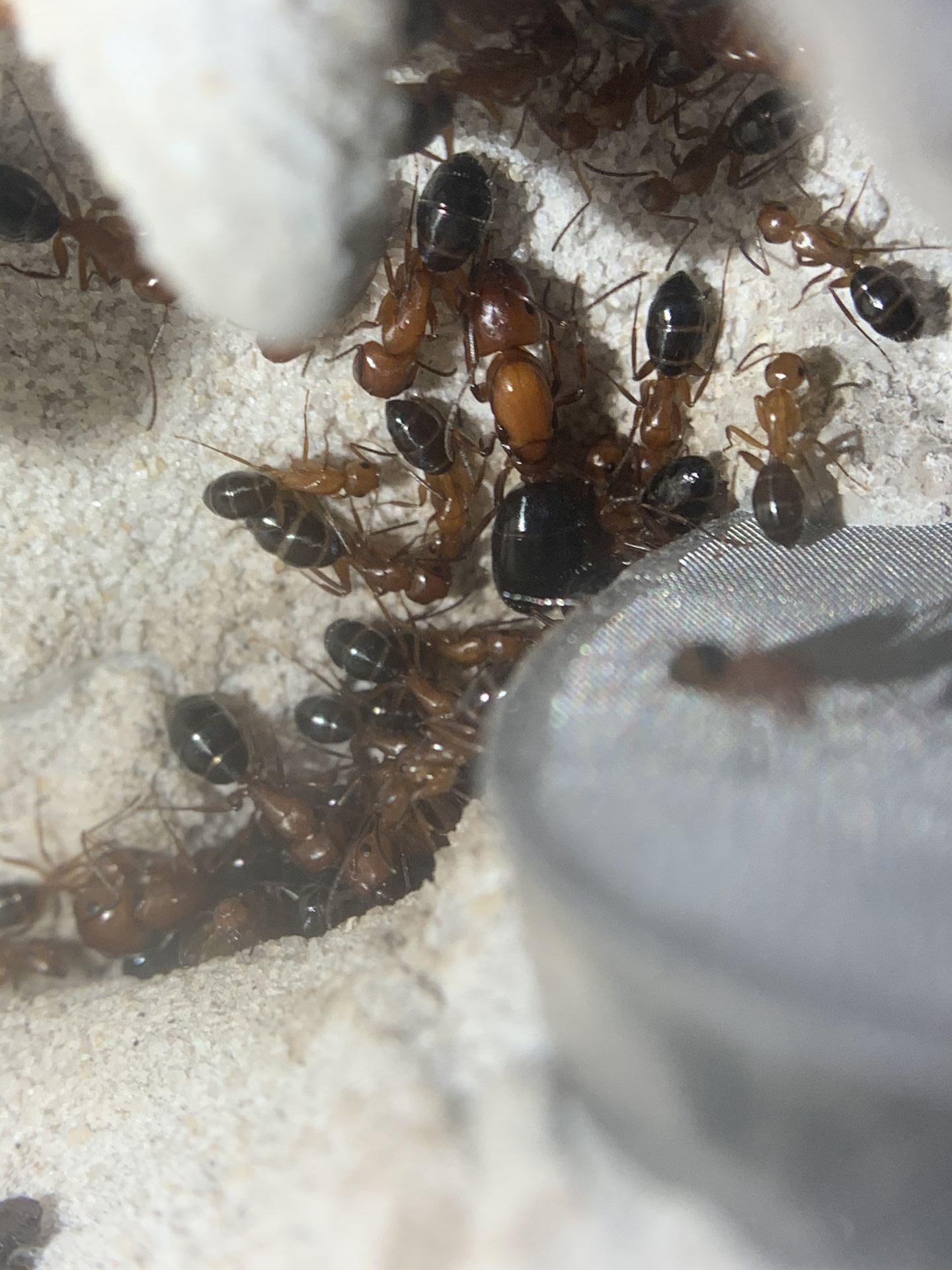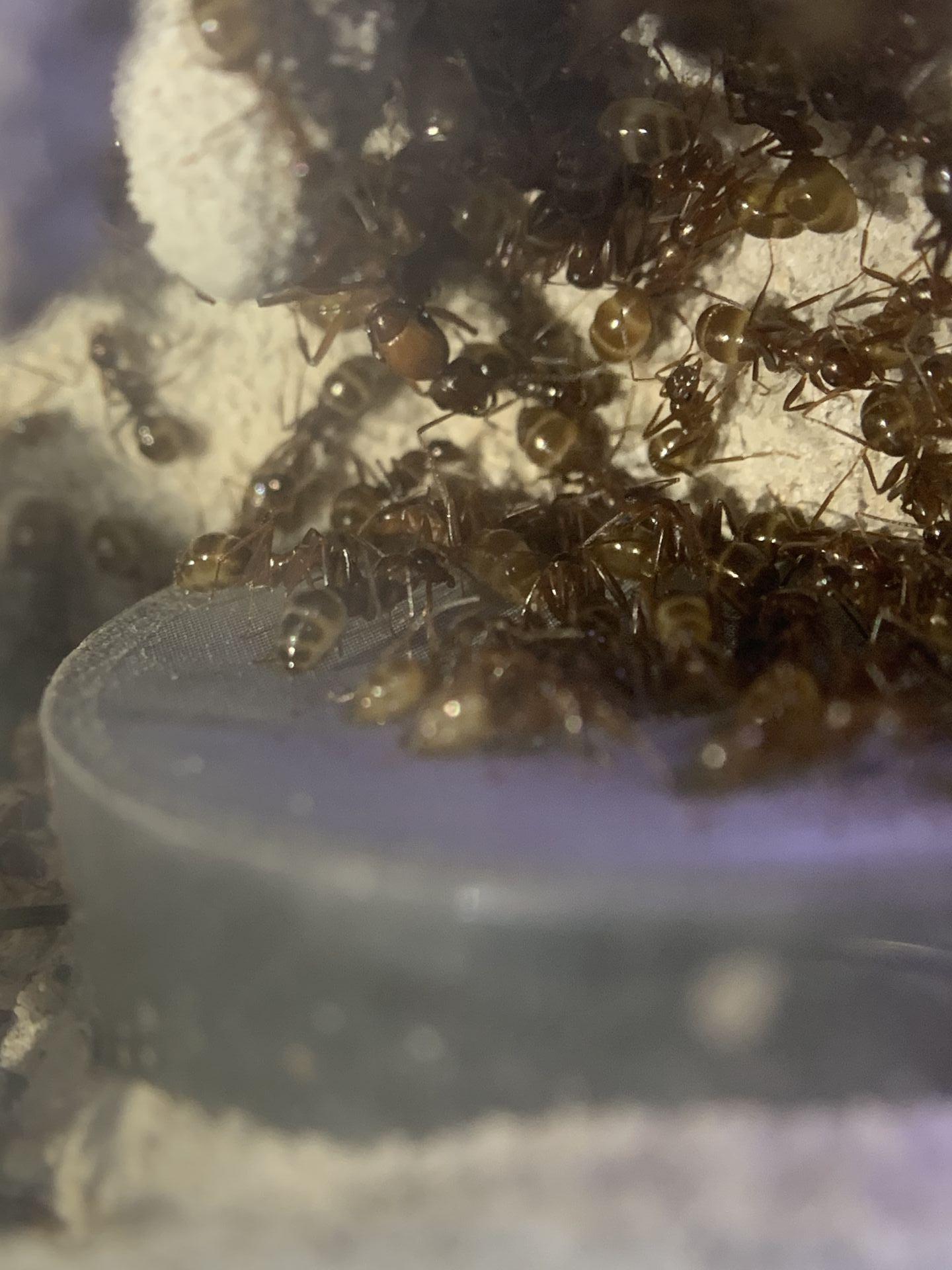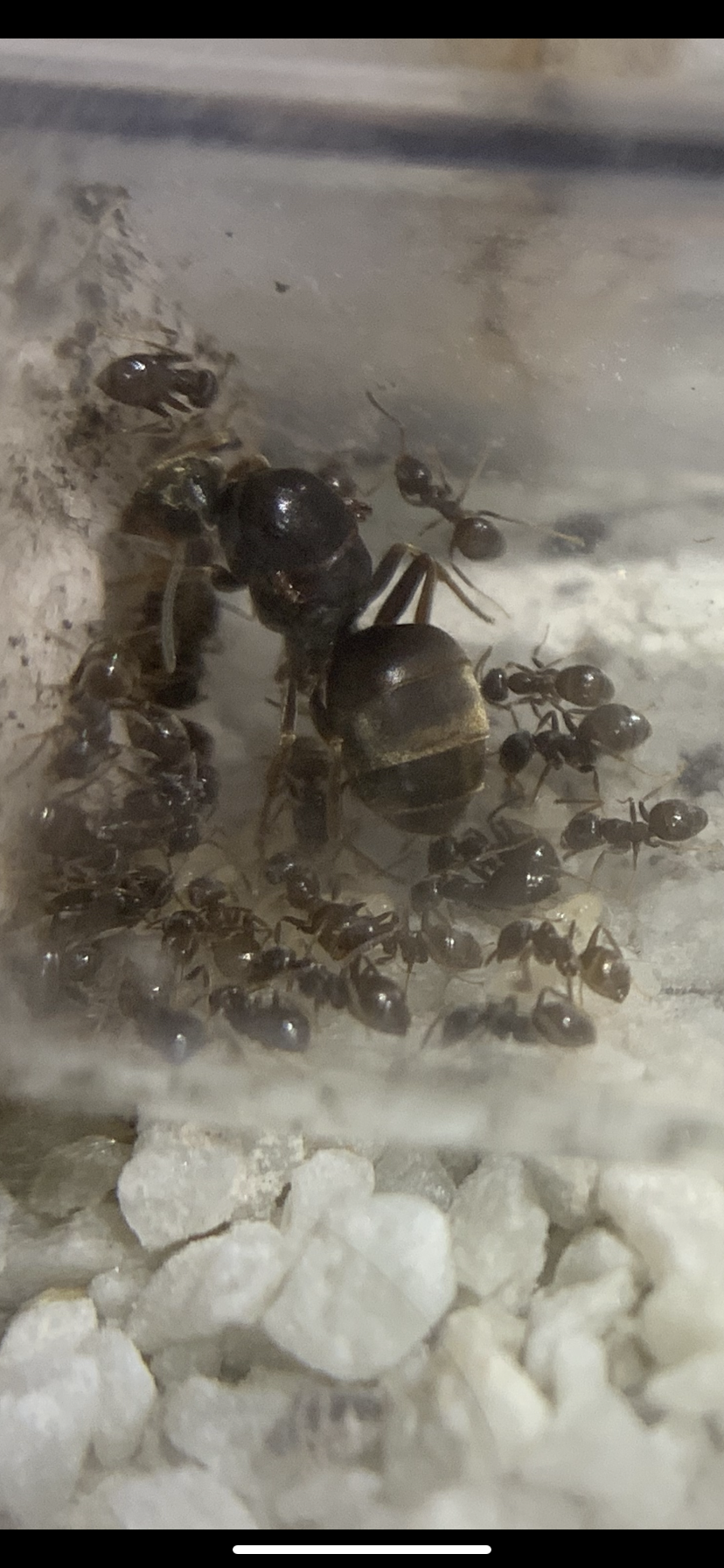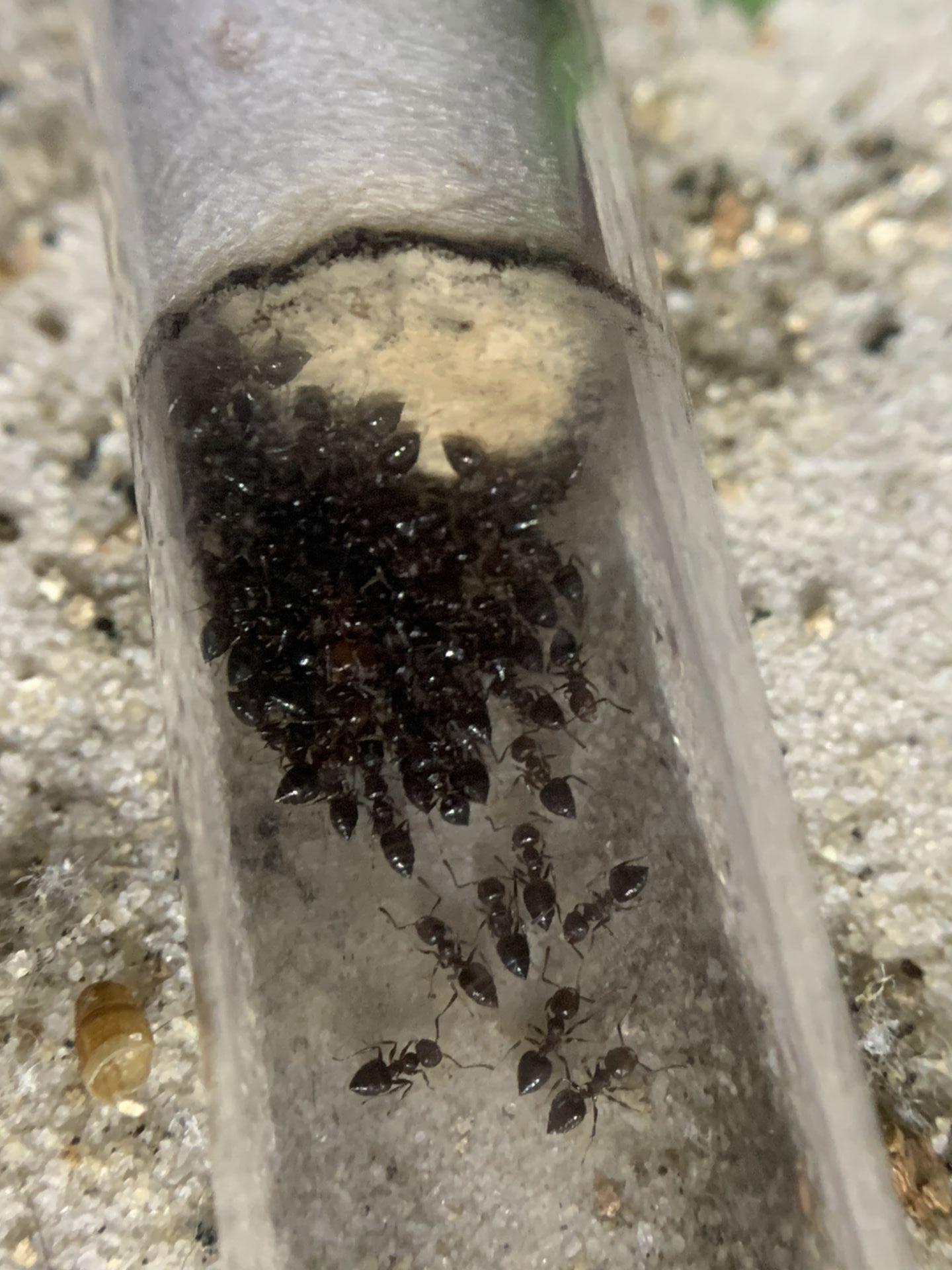All the colonies are doing really well.
Campmotus sp is doing better and has another worker so now she has 2 workers again, this new worker is quite a lot larger than her first worker even though it enclosed only a week later. Now she has 2 pupae and a few larvae and eggs.
For some reason the camera doesn’t focus well on these ants.
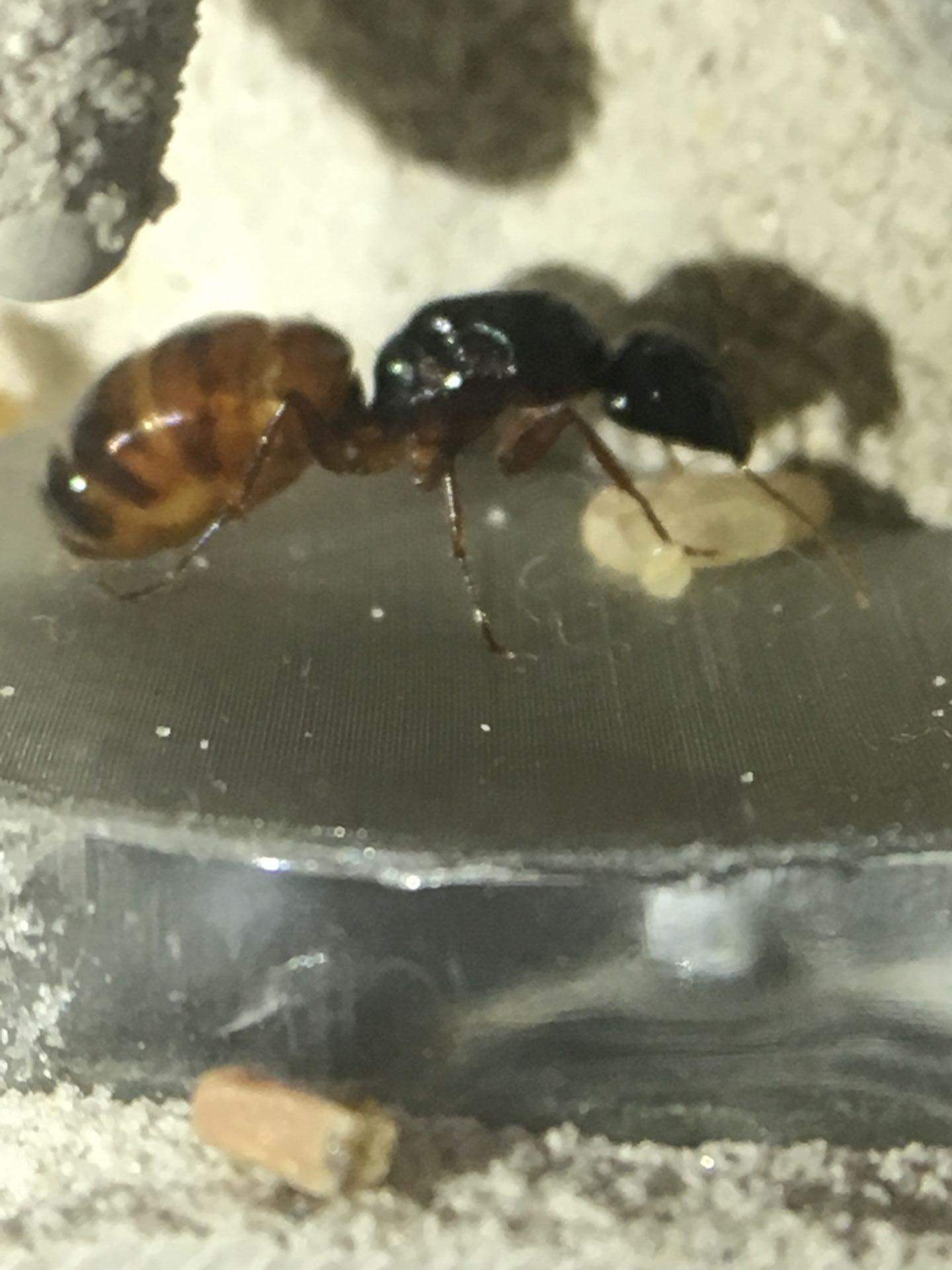
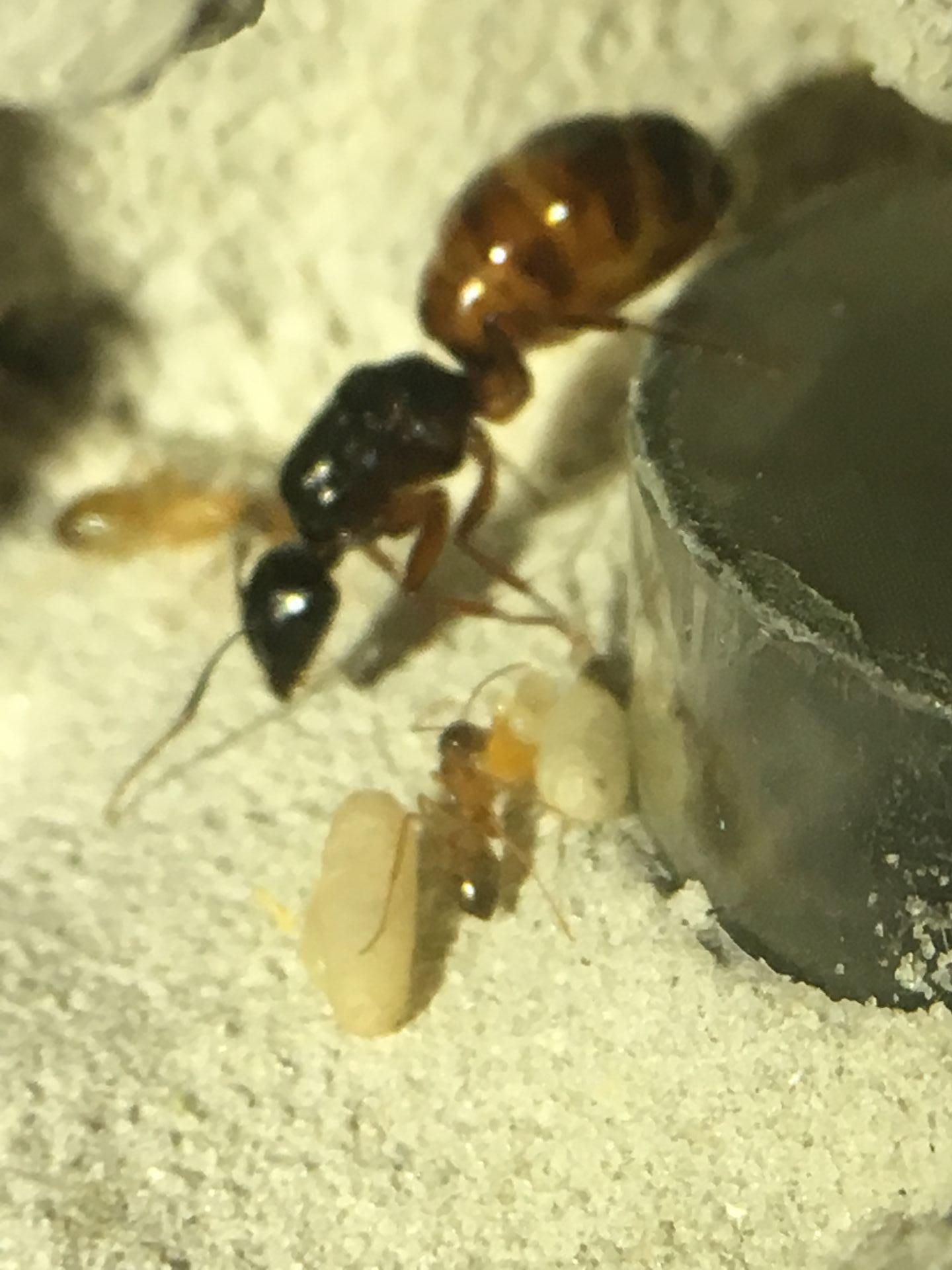
Camponotus sp both have pupae now but one has a a few more larvae and got to pupae stage faster and also has a gaster that is more filled than the other queen.
Sorry for the bad quality
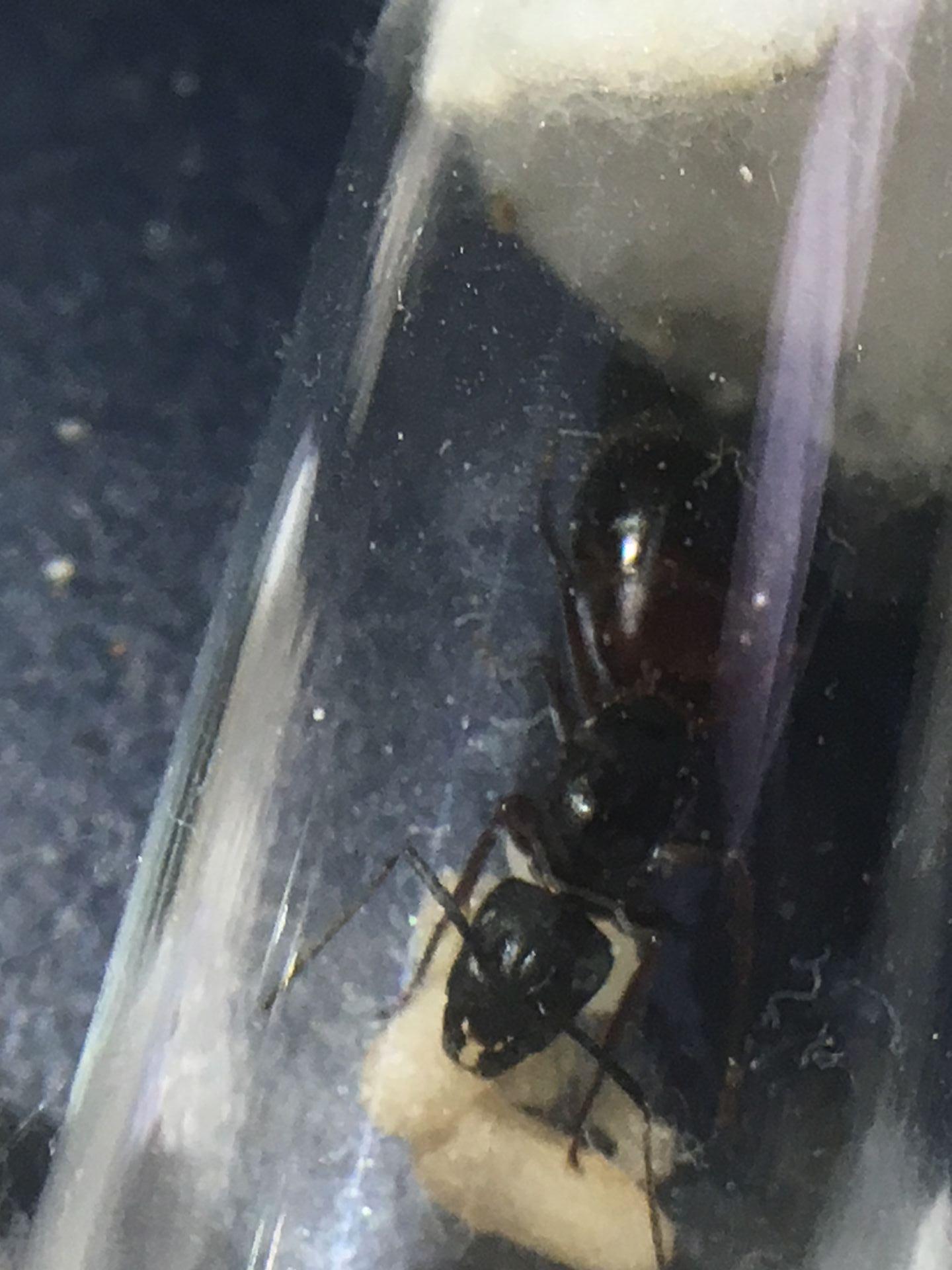
The phedolie colony is doing good and seems to be getting more minor workers and no majors, they still have 2 queens however one is hiding in the cotton and she is hard to see.
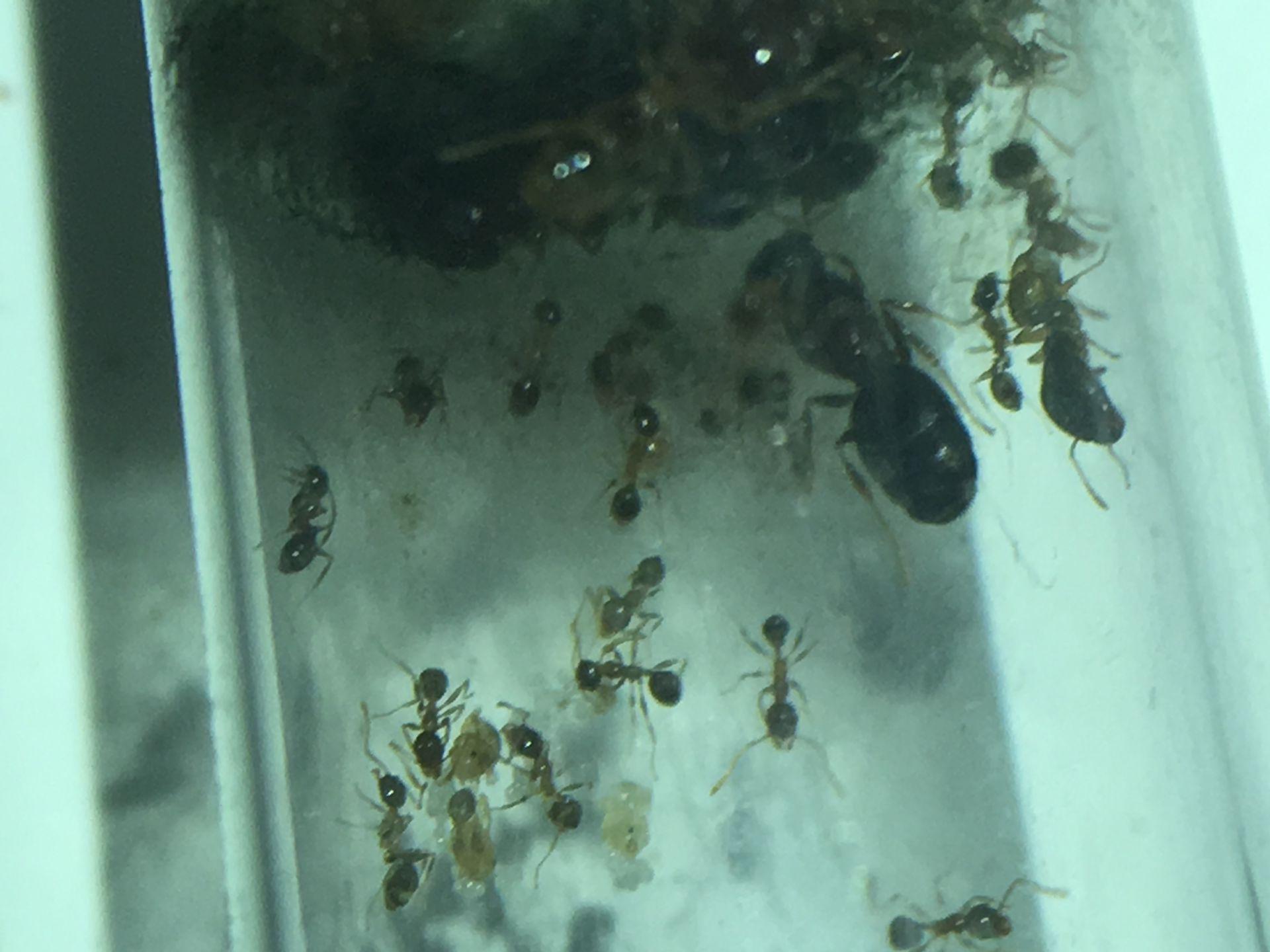
Lasius sp has been doing good, their test tube is almost dry so they should move soon, they have had a few more workers that have eclosed.
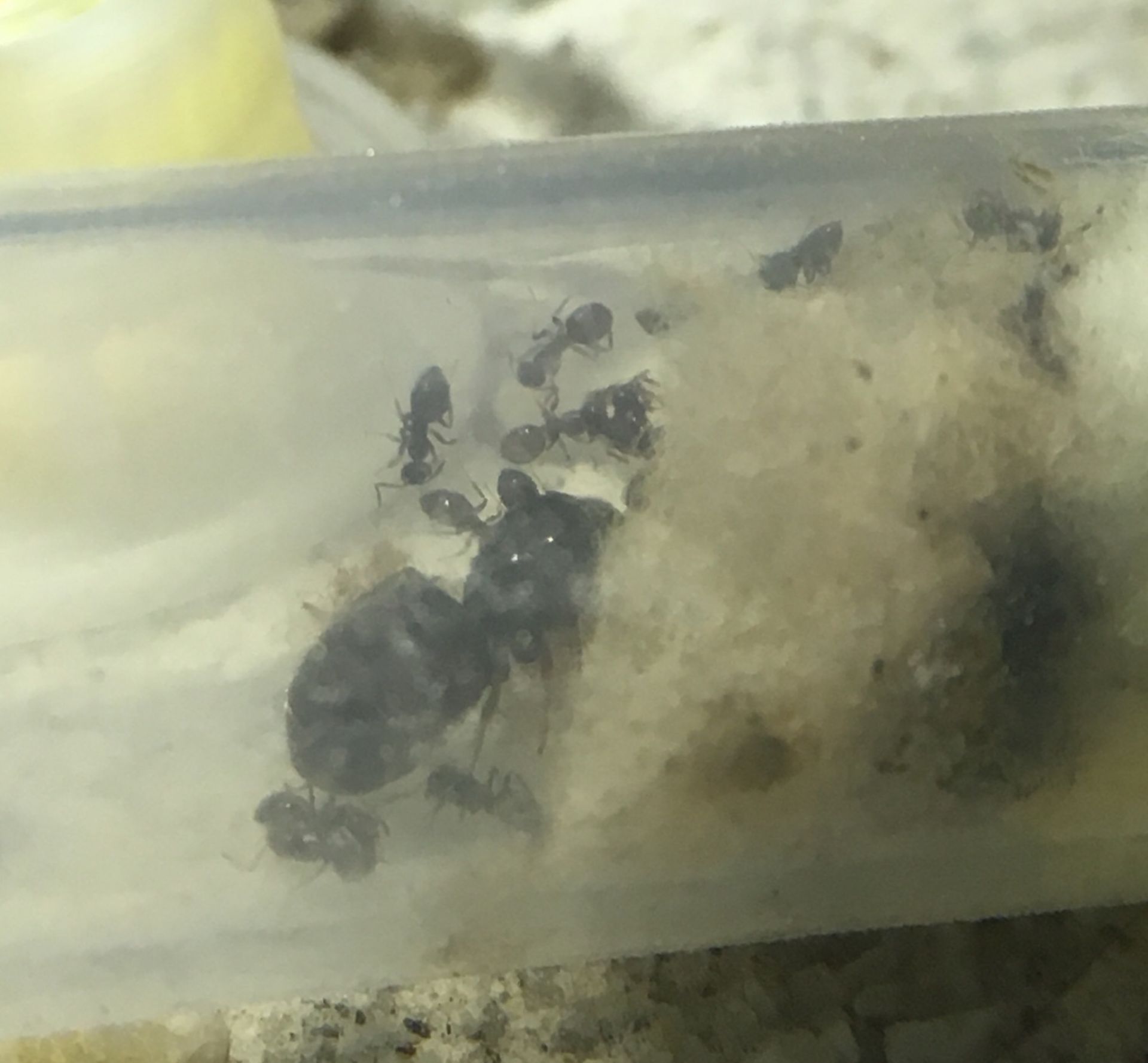
Formica Pallidefulva are doing good there are new workers every few days and always have pupae and a few large larvae and lots of eggs, some of the workers gasters are really huge and filled with food.
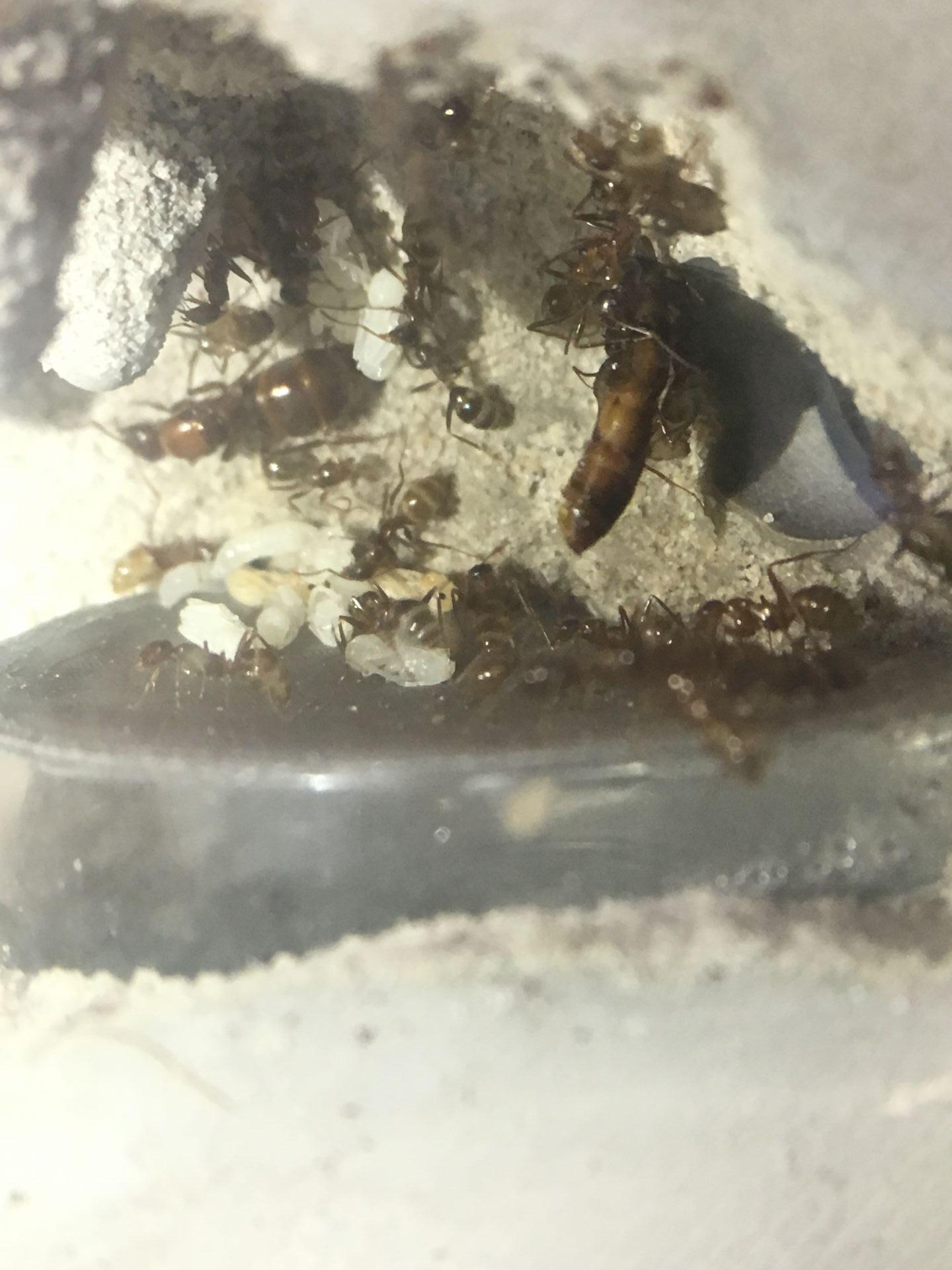
Camponotus deciepens have been doing really well and growing super fast, they have workers foraging all the time now and tons of brood, I think they even have some major or median pupae because some of the pupae are twice the size of the others.
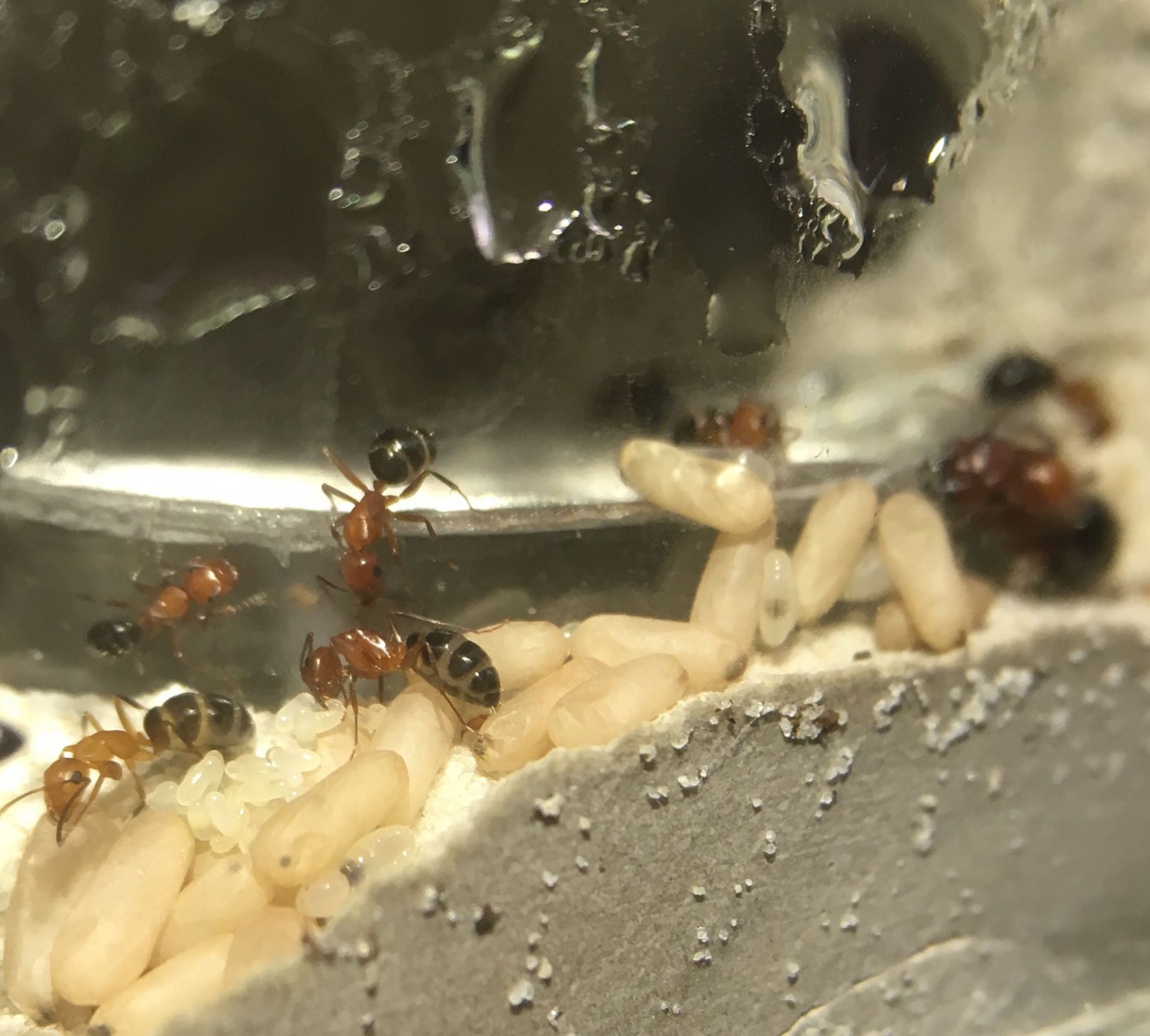

The tetramorium colony is doing good in their new setup but have blocked all visibility with soil and there are these mites that are in the garbage piles but I haven’t seen any on the ants. Also, when they eat only a few will eat from the protein source and most will usually take pieces of sand and absorb the guts into the sand and carry that into the nest.
Myrmica queens are doing good, one has a large larvae and another one has a small batch of eggs, and then one has no eggs.
Prenelopis imparis are doing good and have more larvae and a nice pile of eggs.
Caught two more camponotus queens last week, one didn’t have wings but had a gooey thing attached to its gaster and some of it came off but she died a few days later. The other one is pulling on the cotton and still has her wings.
Colonies: Formica pallidefulva, Lasius neoniger, Camponotus decipiens, Camponotus sp, Camponotus Vicinus, Crematogaster Sp


